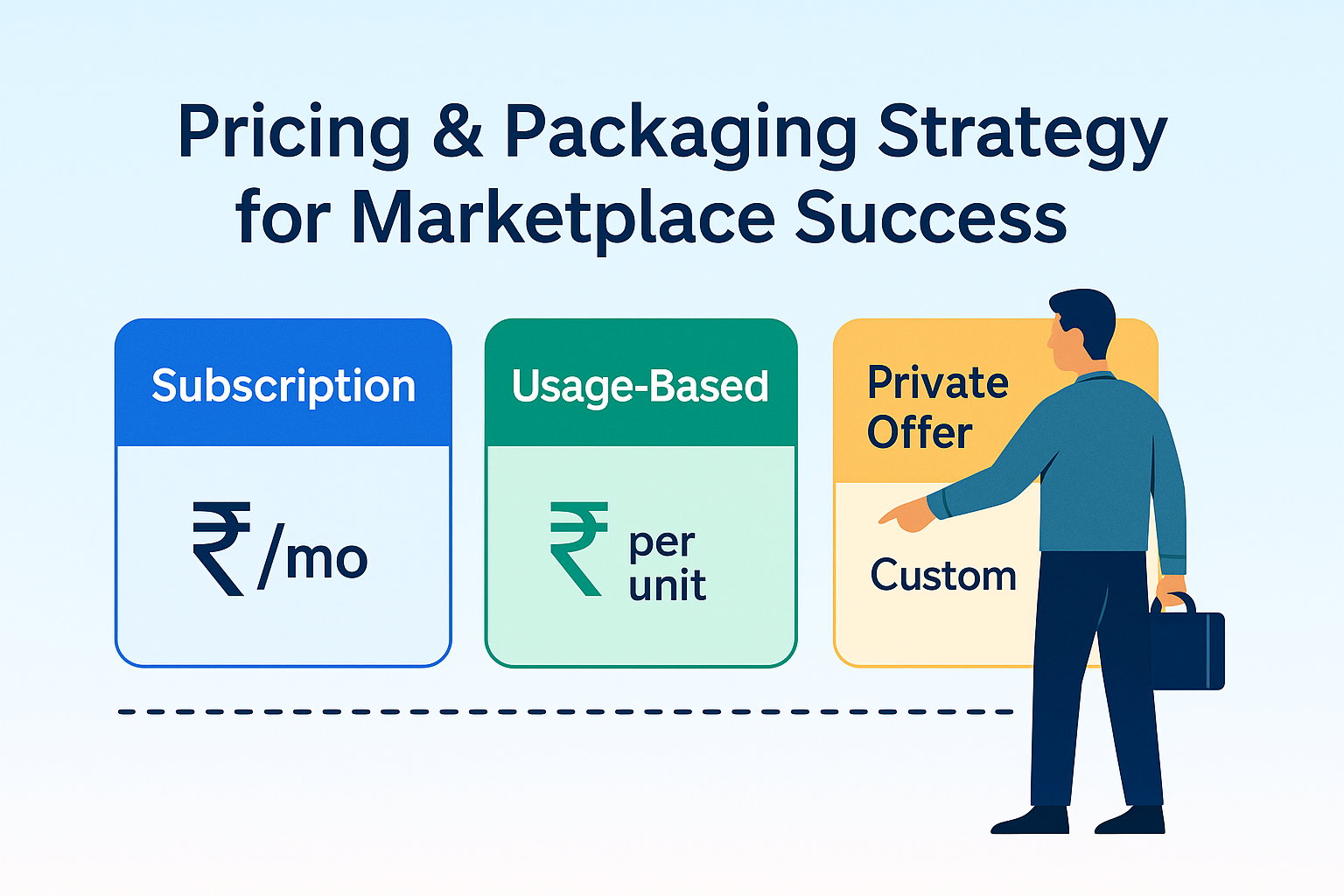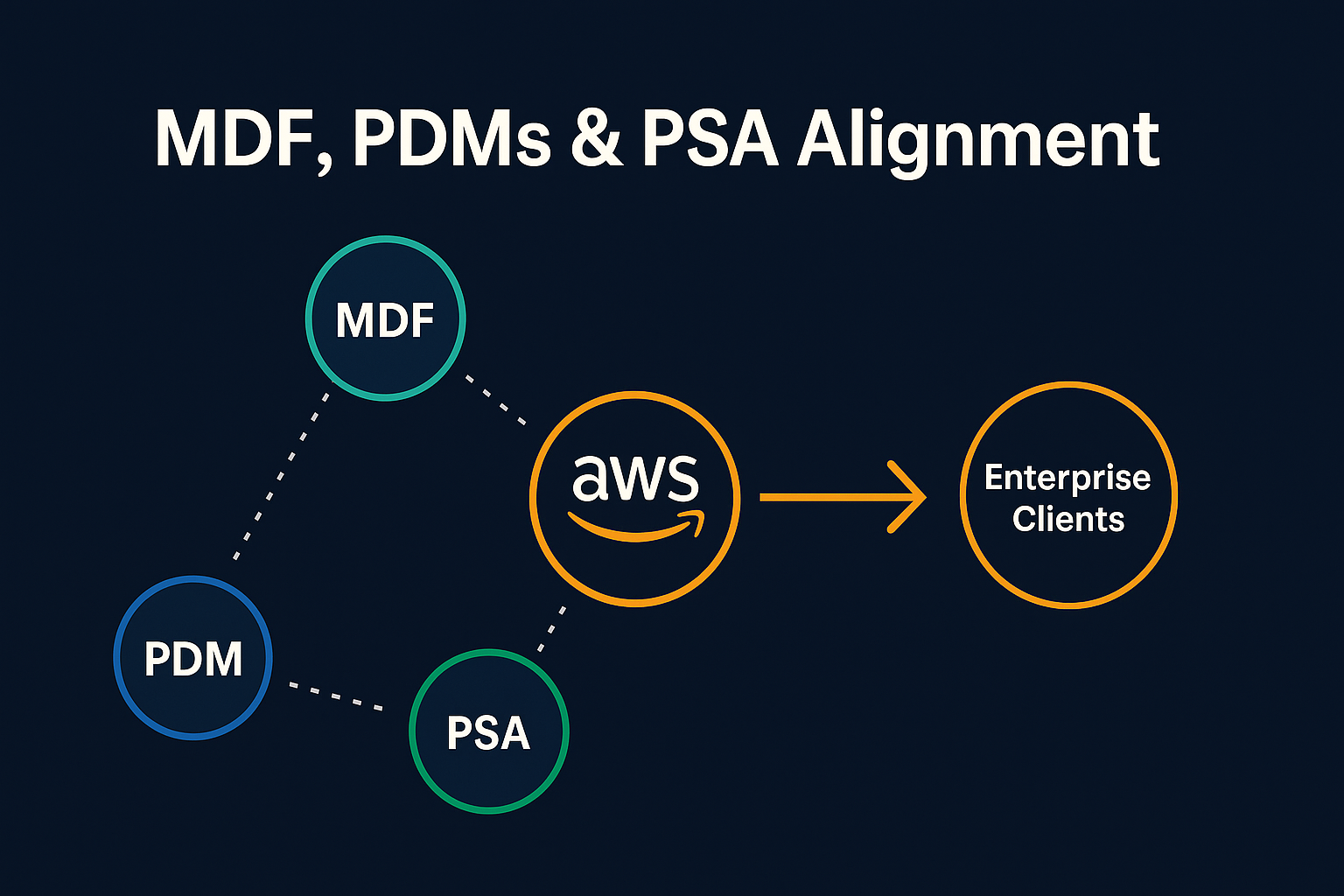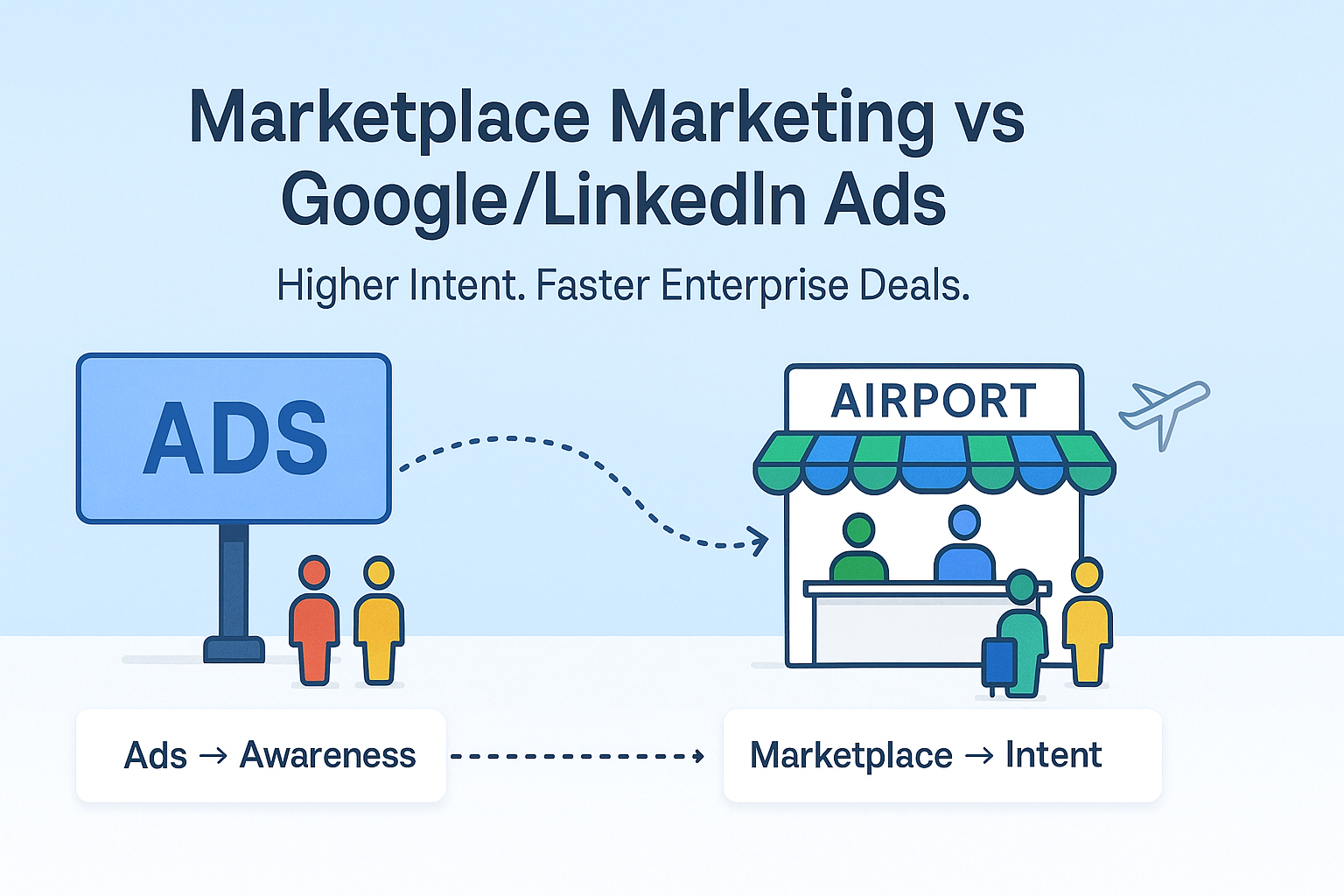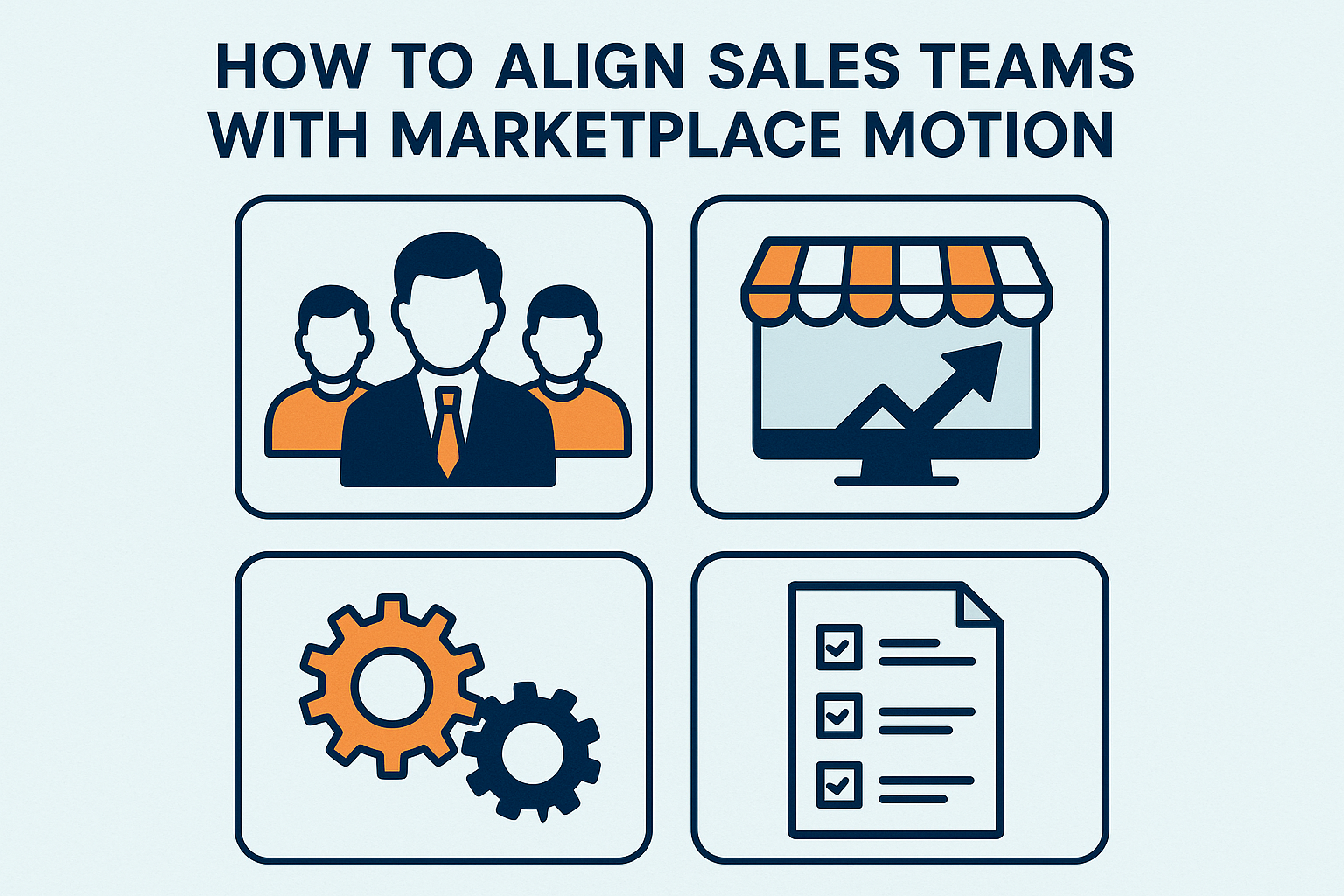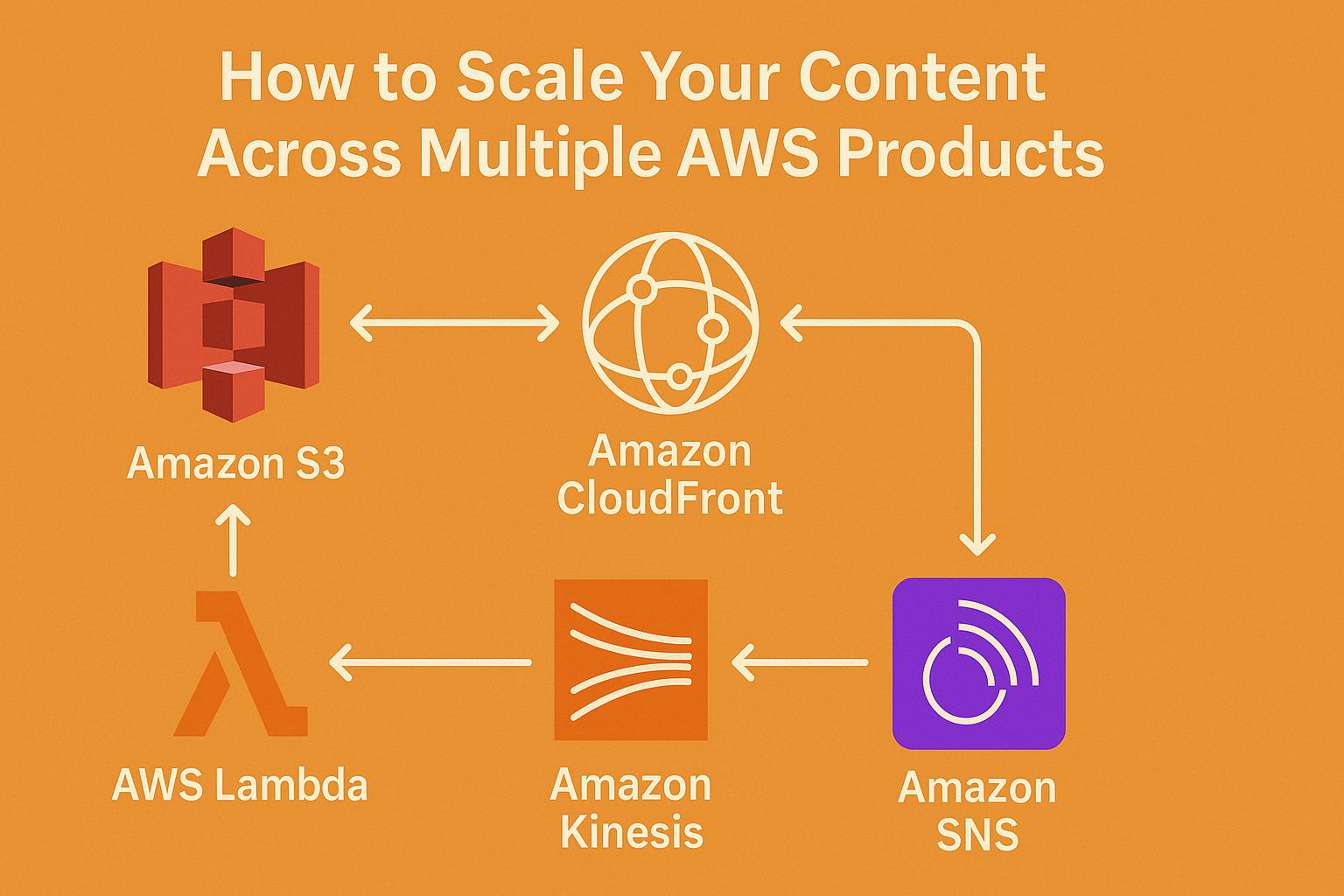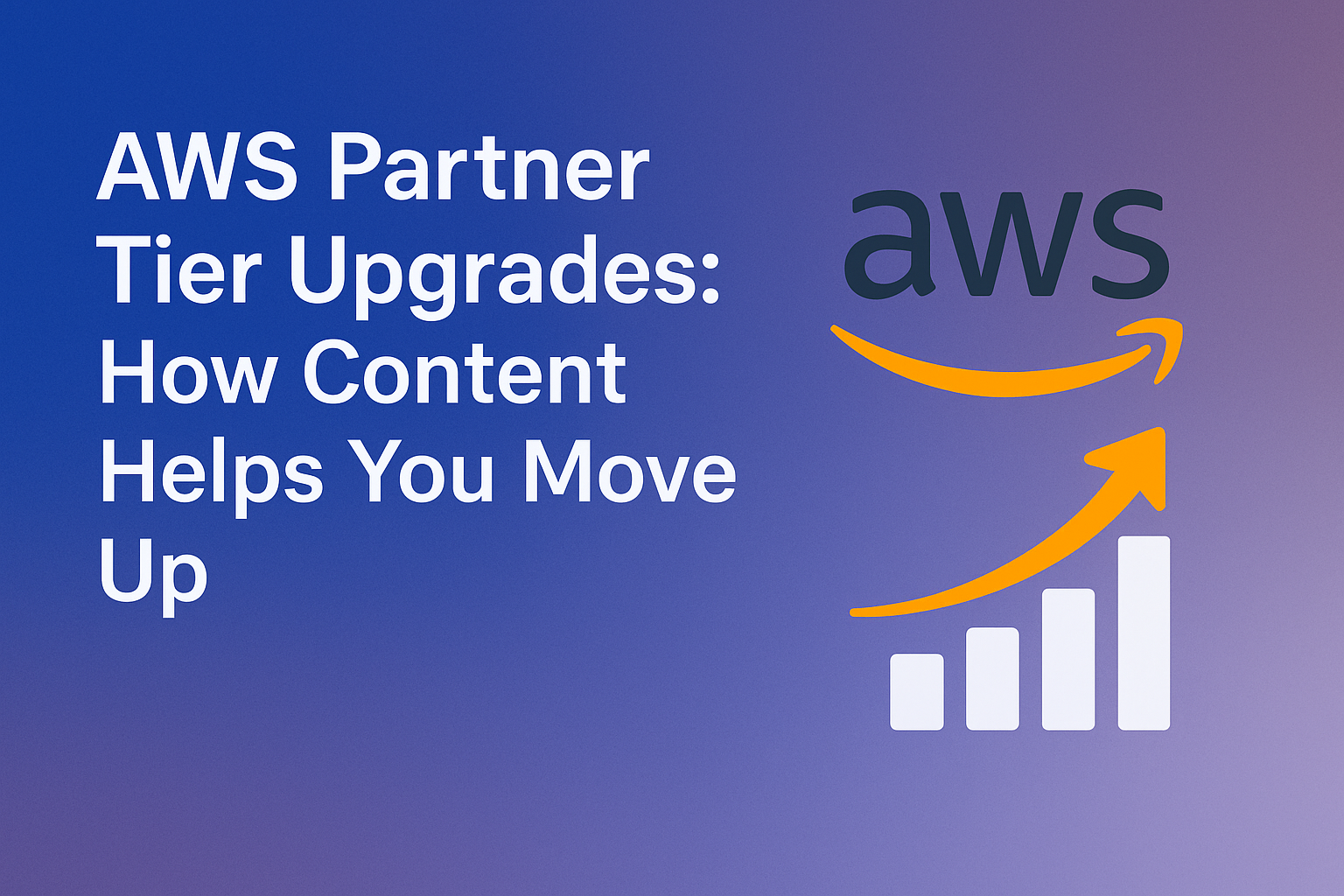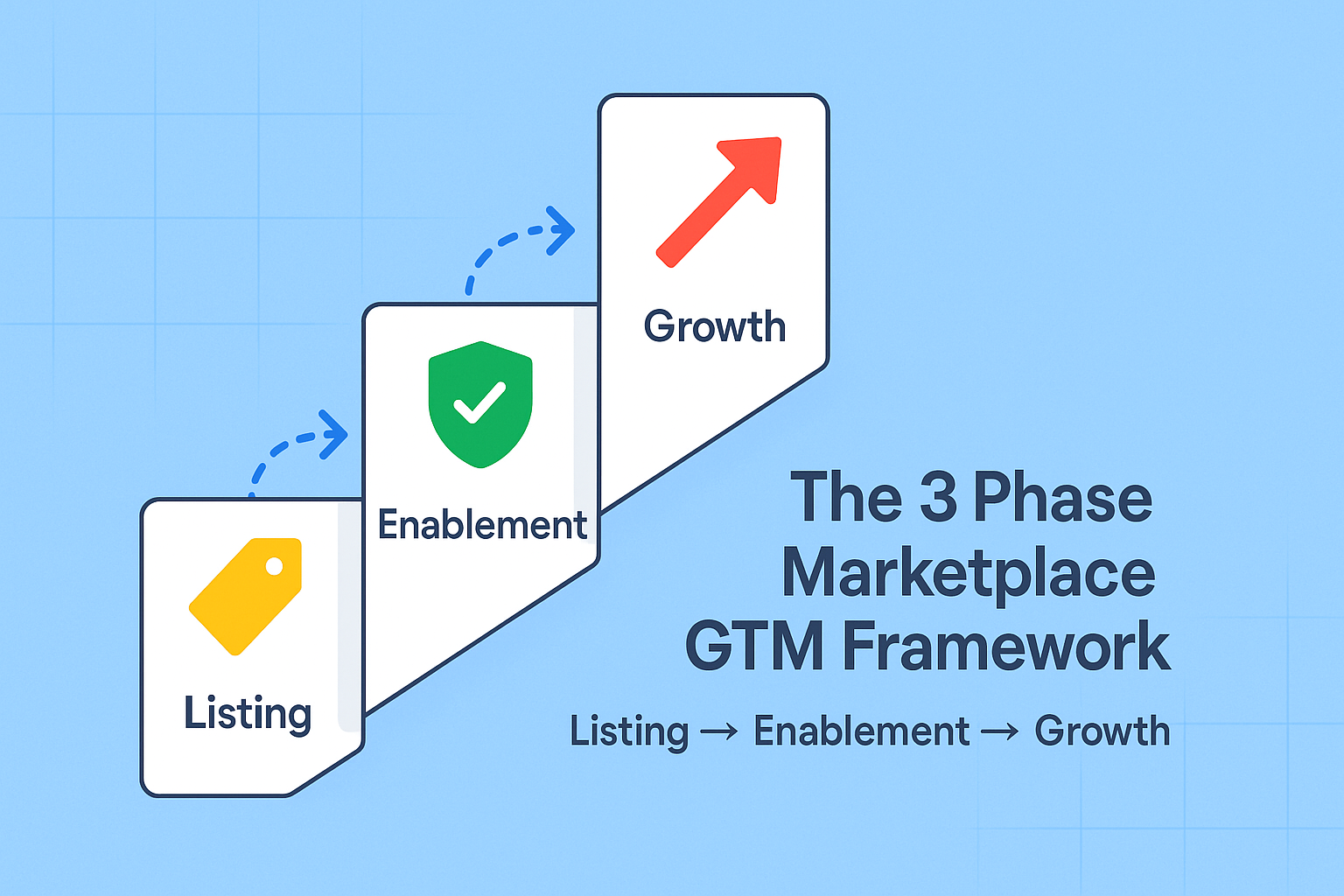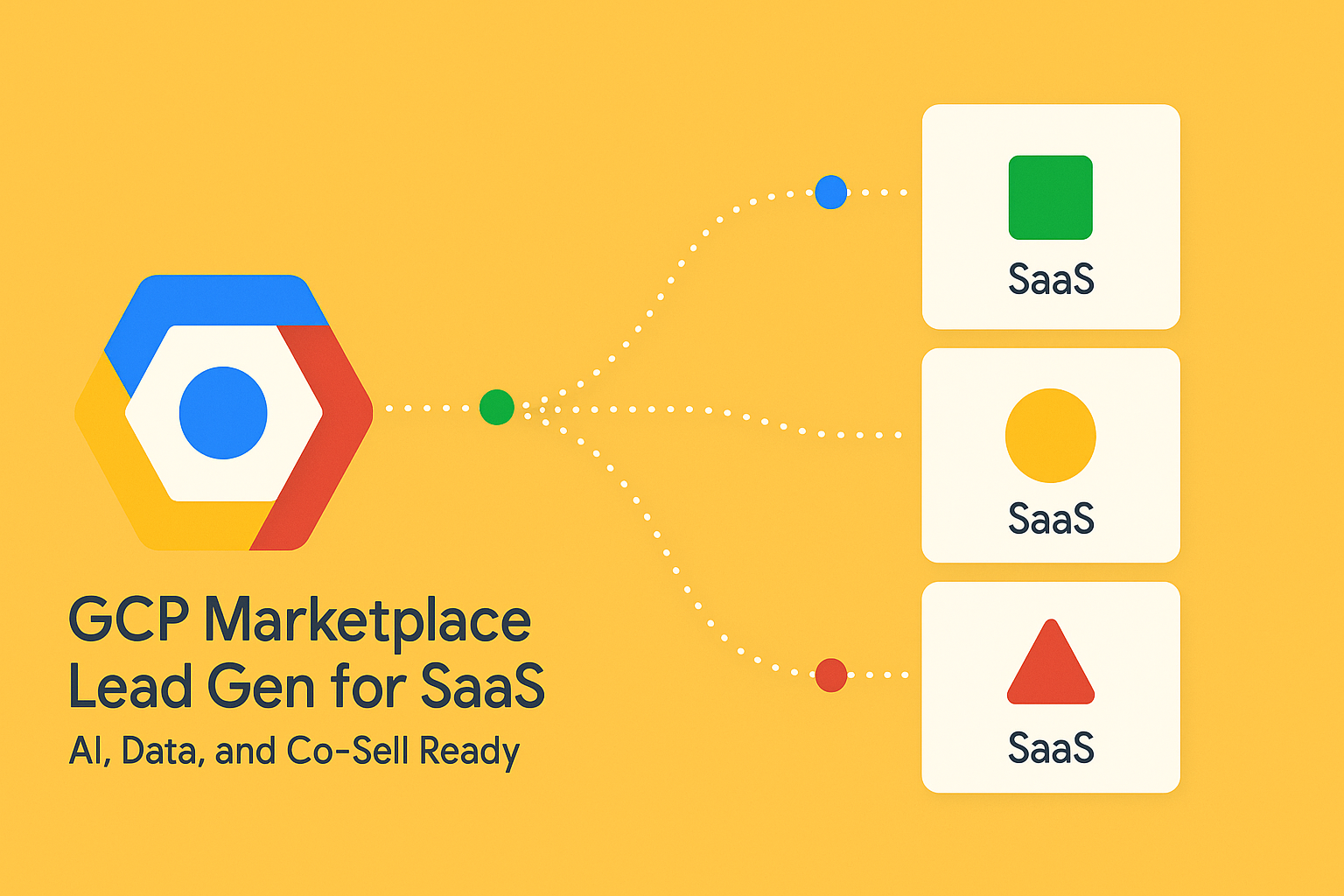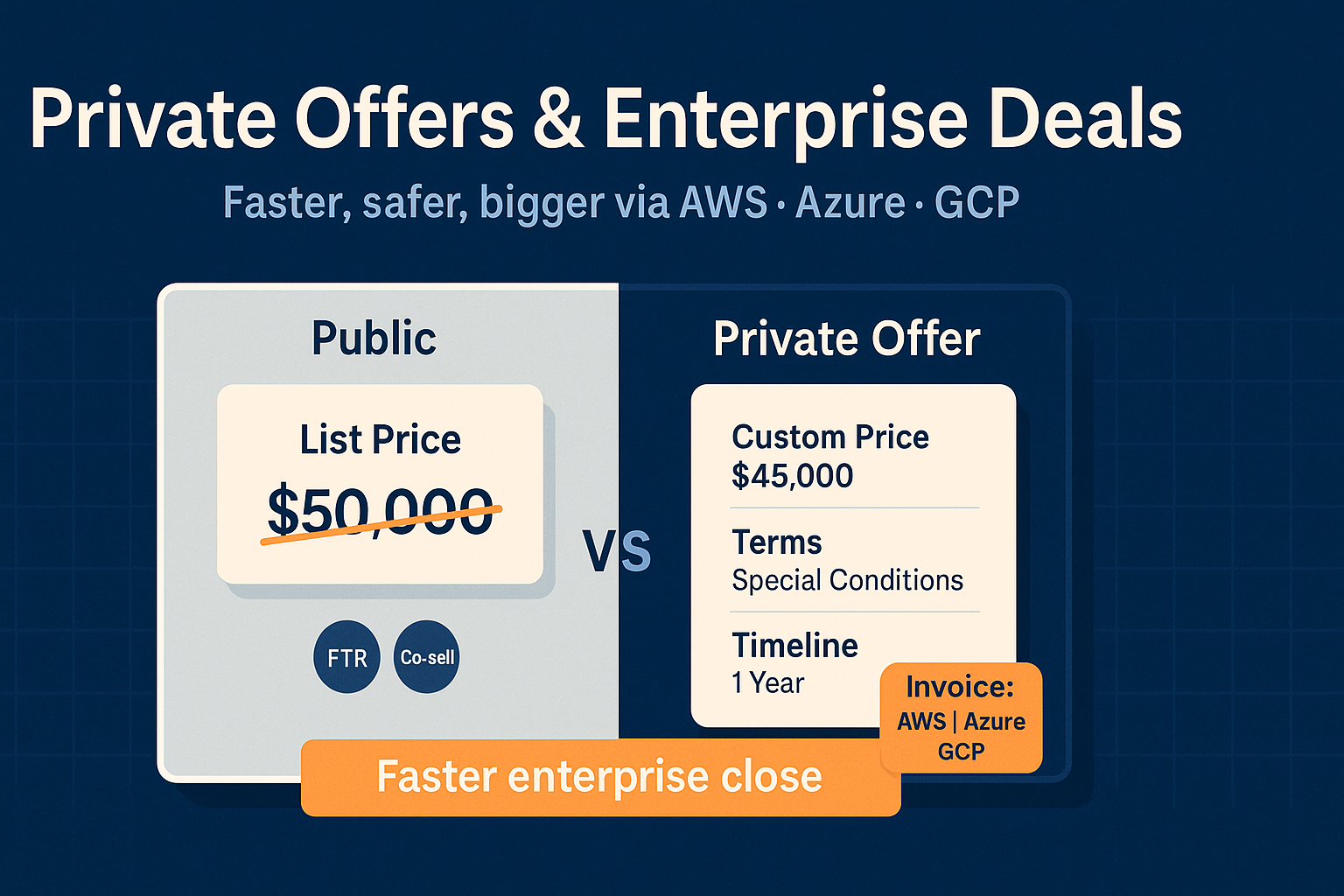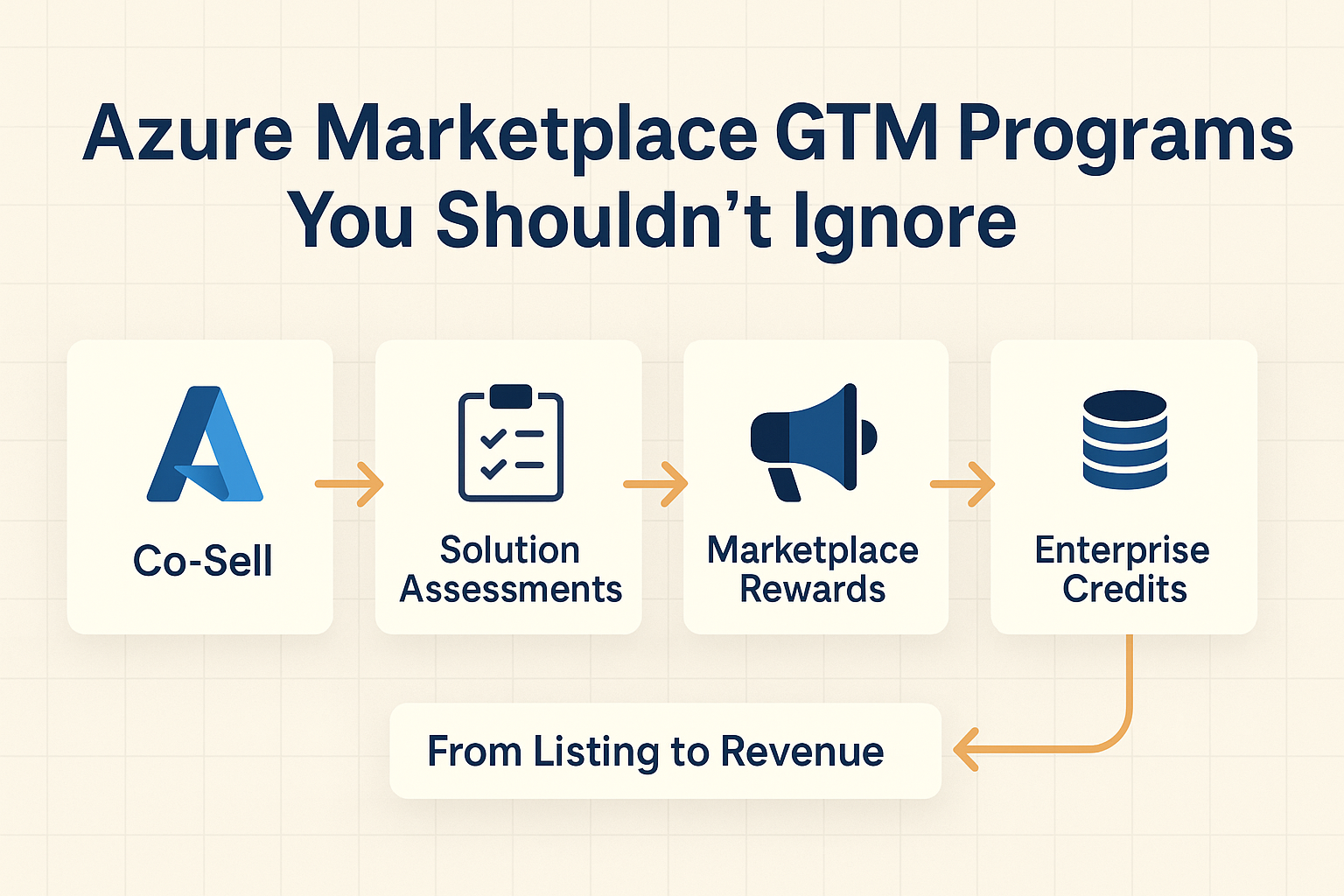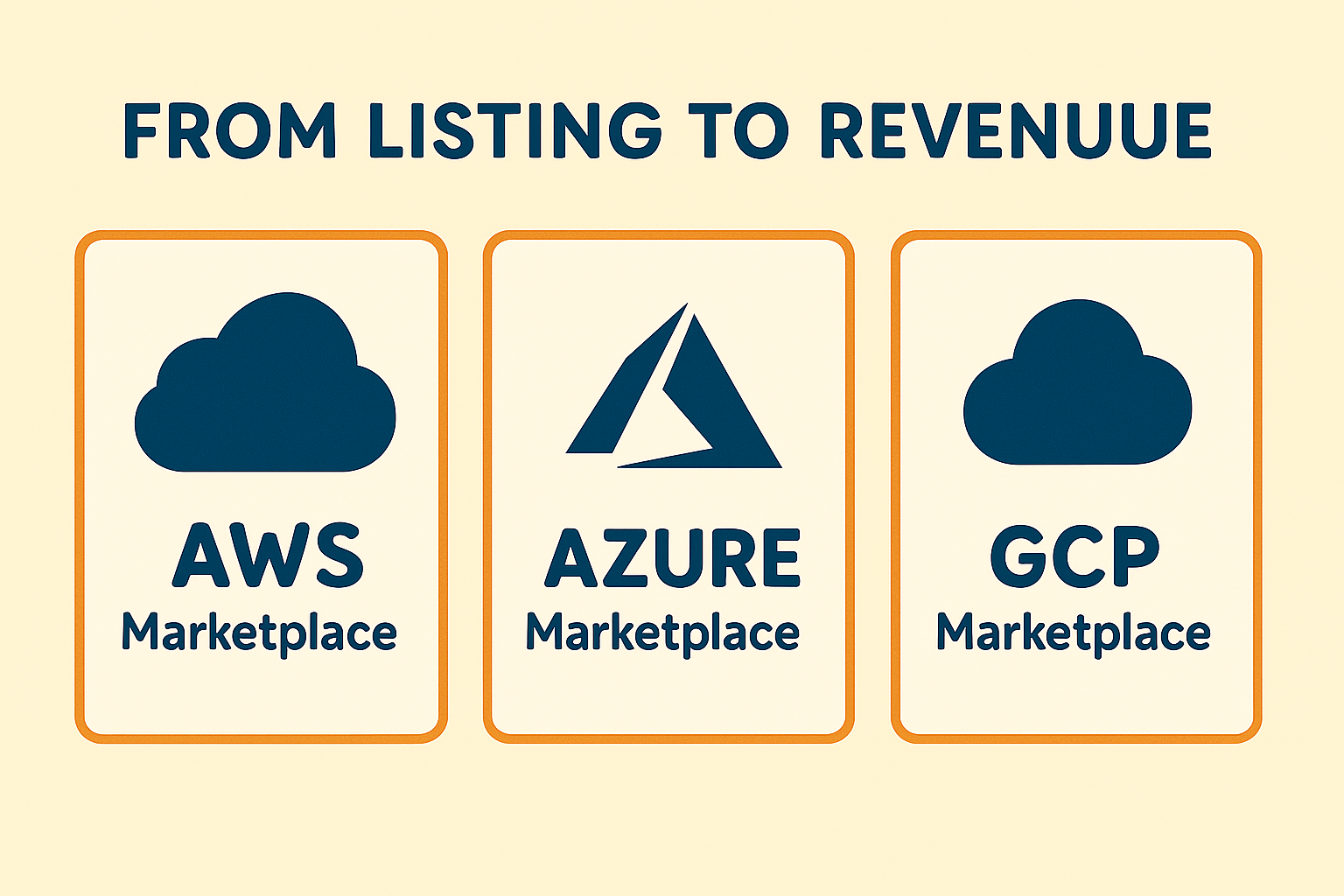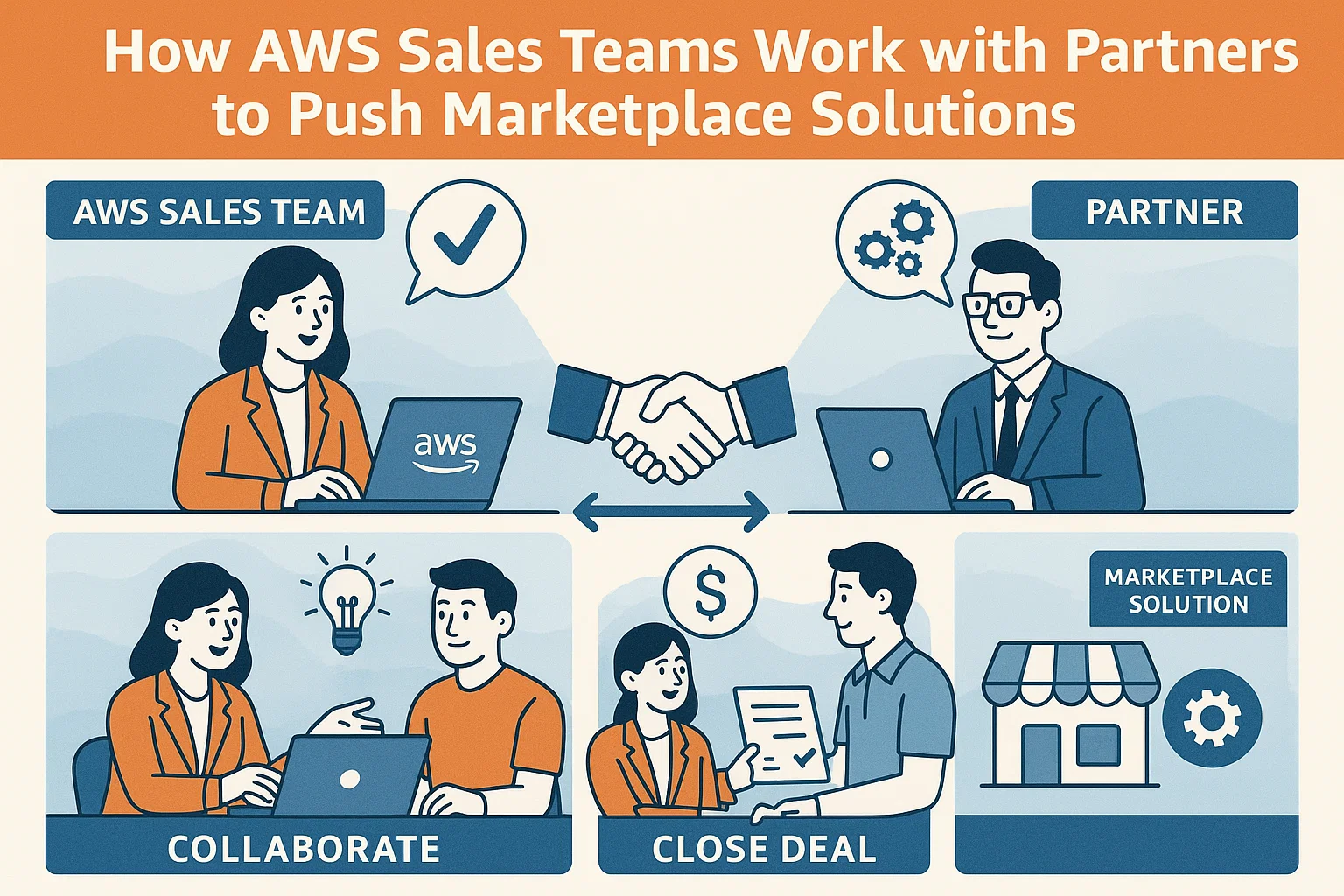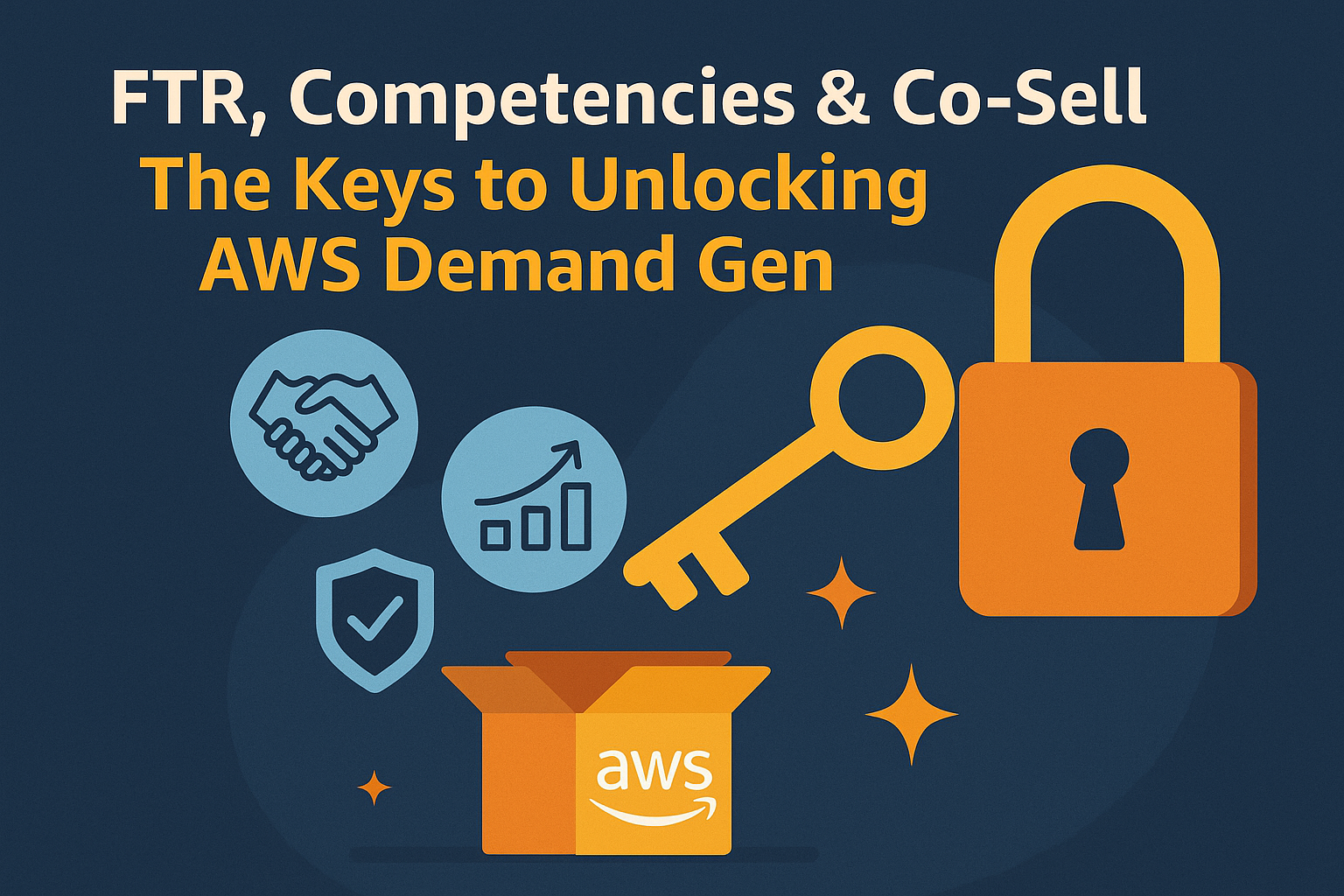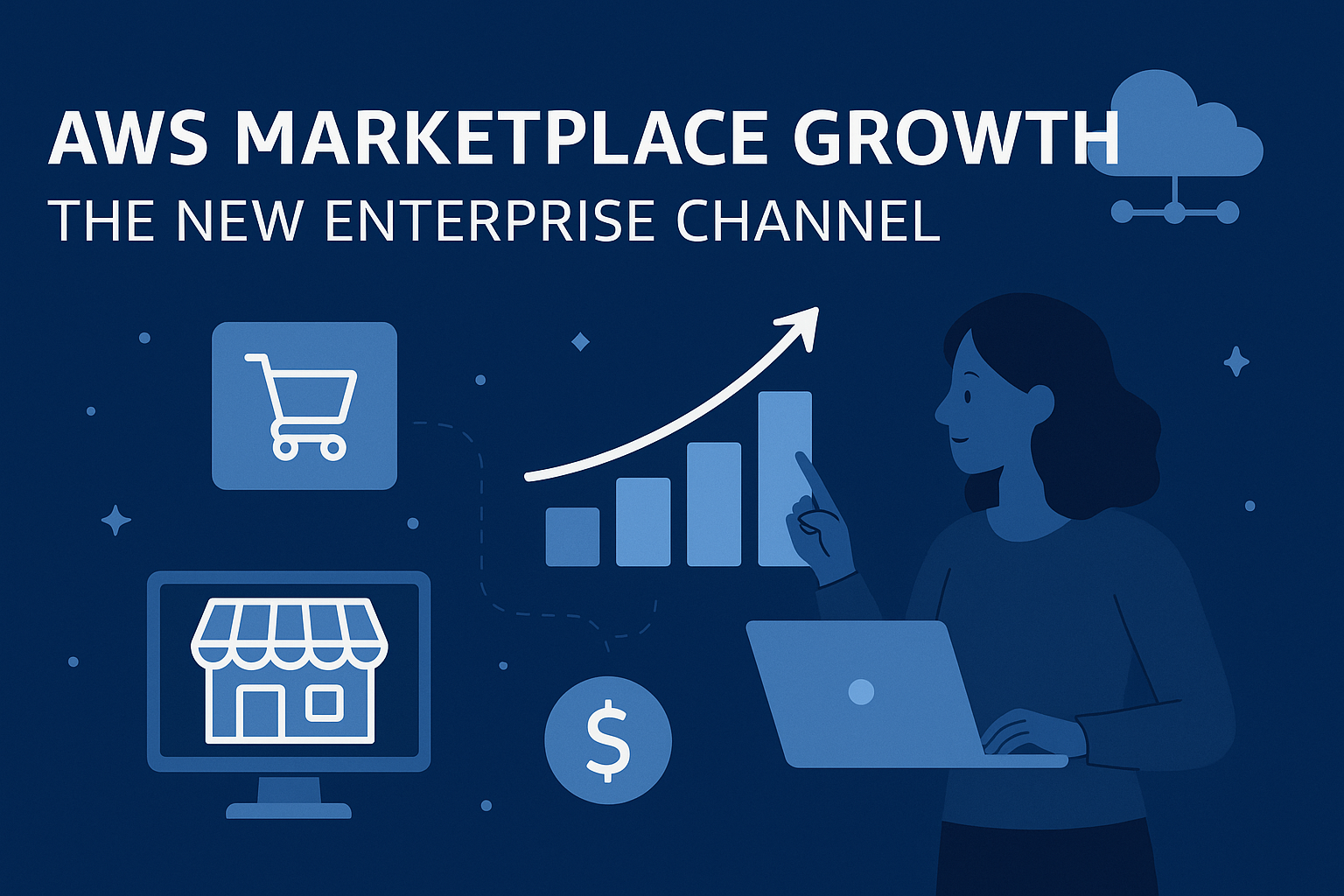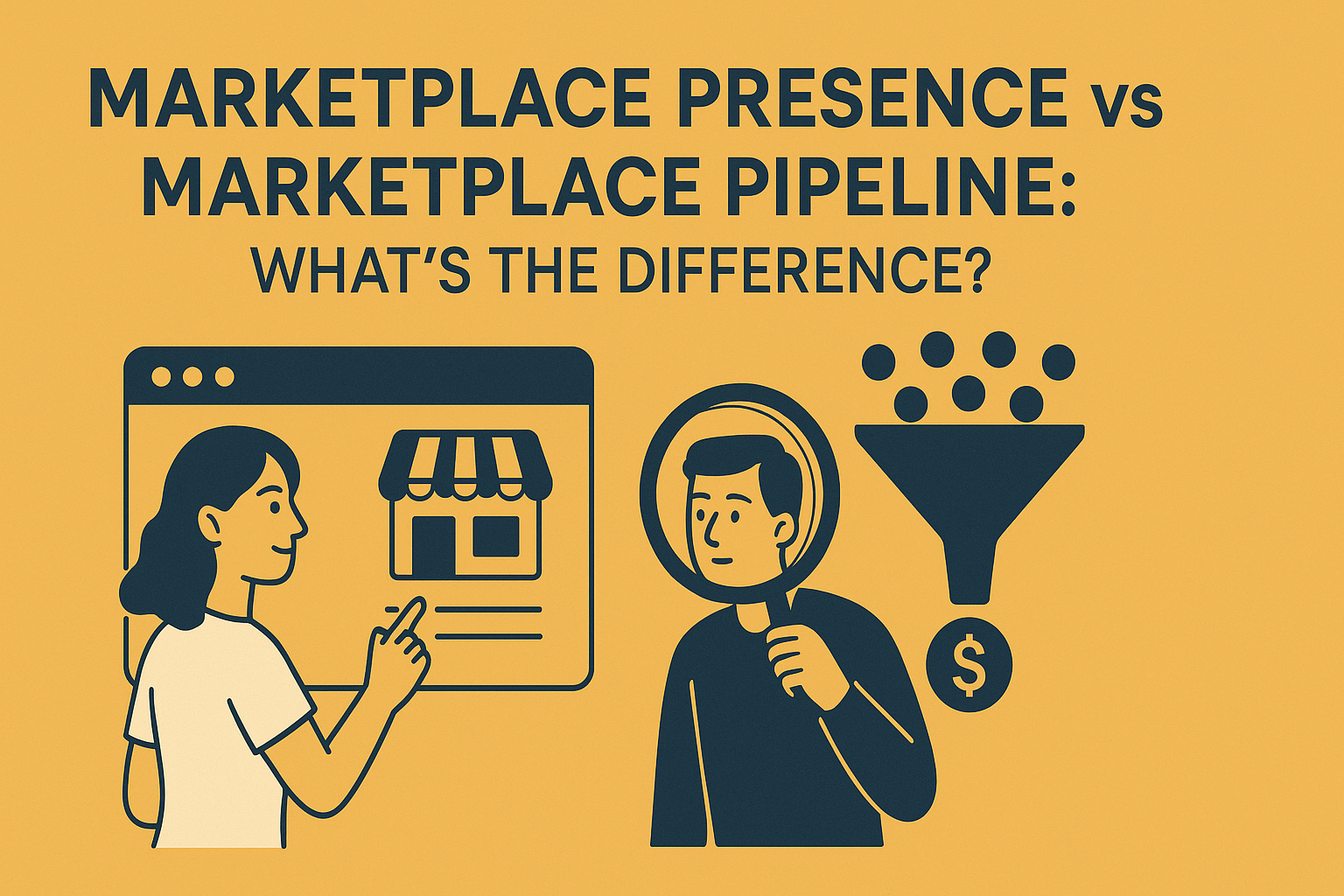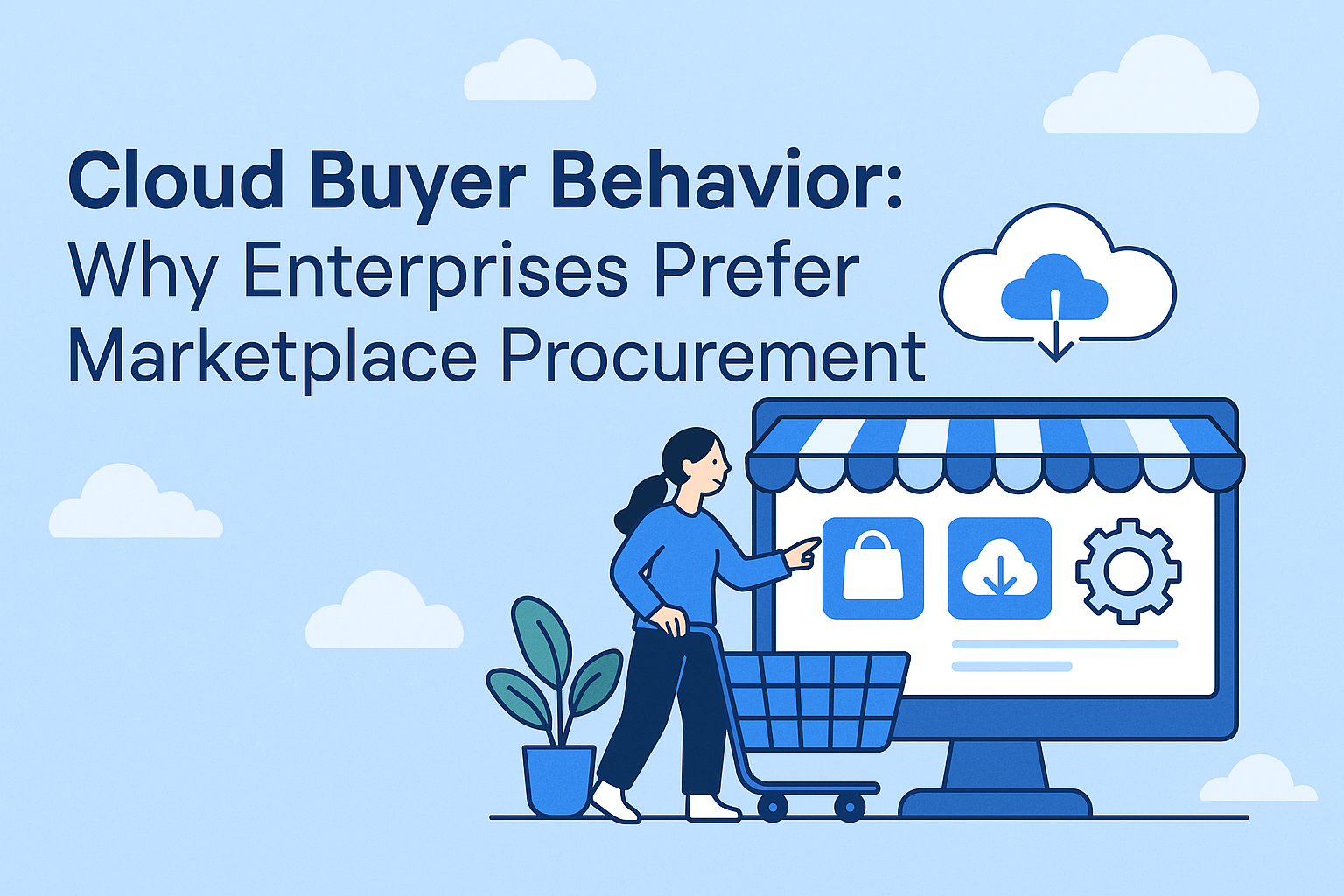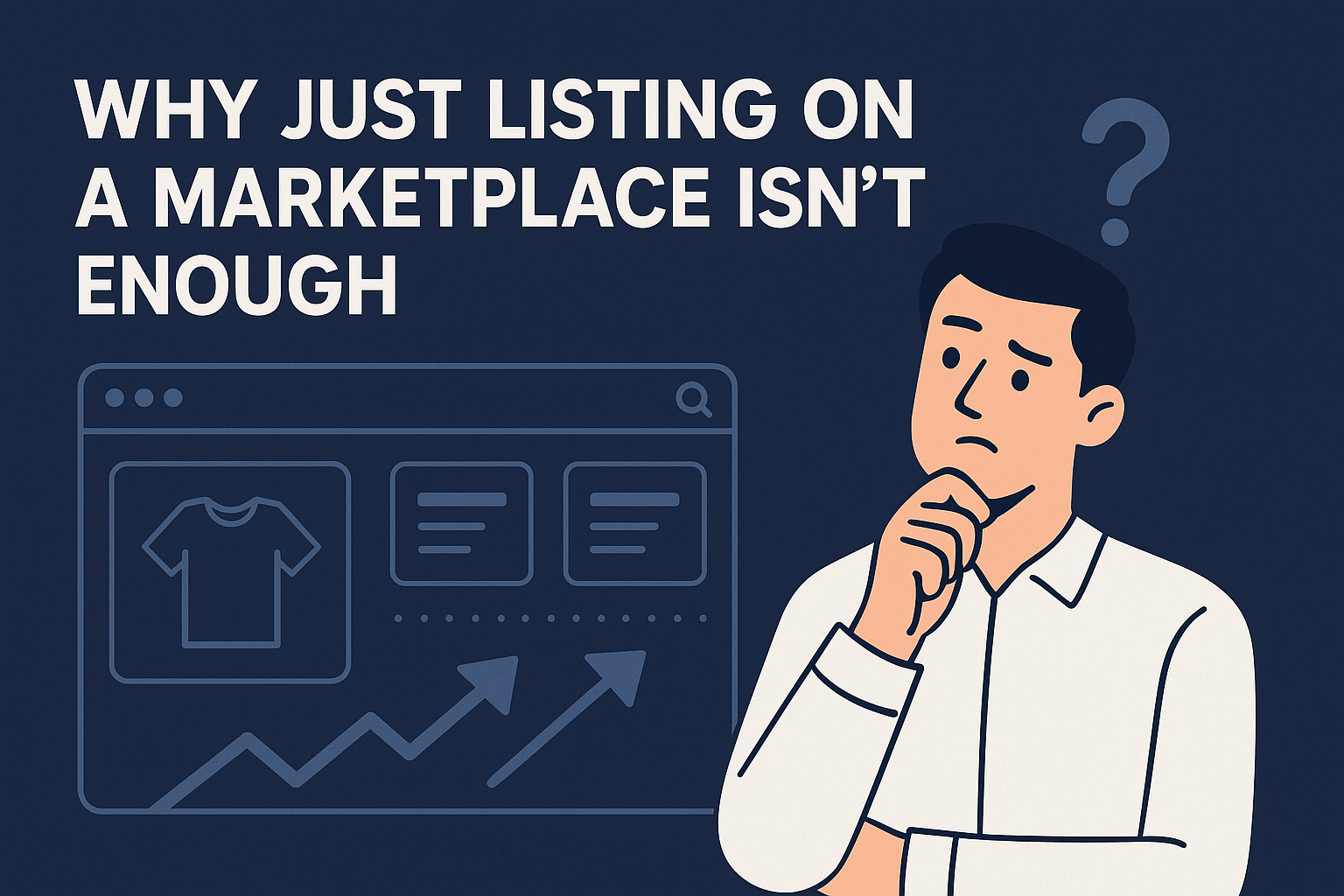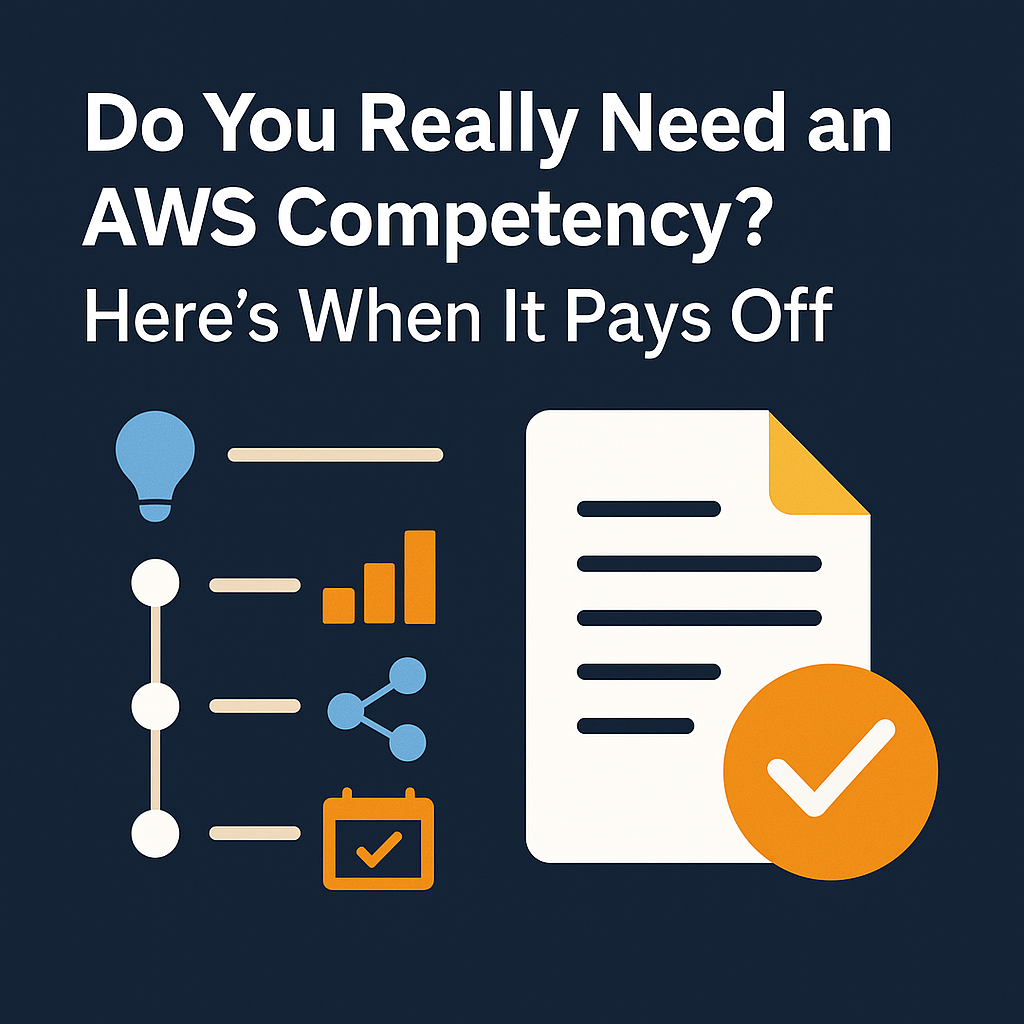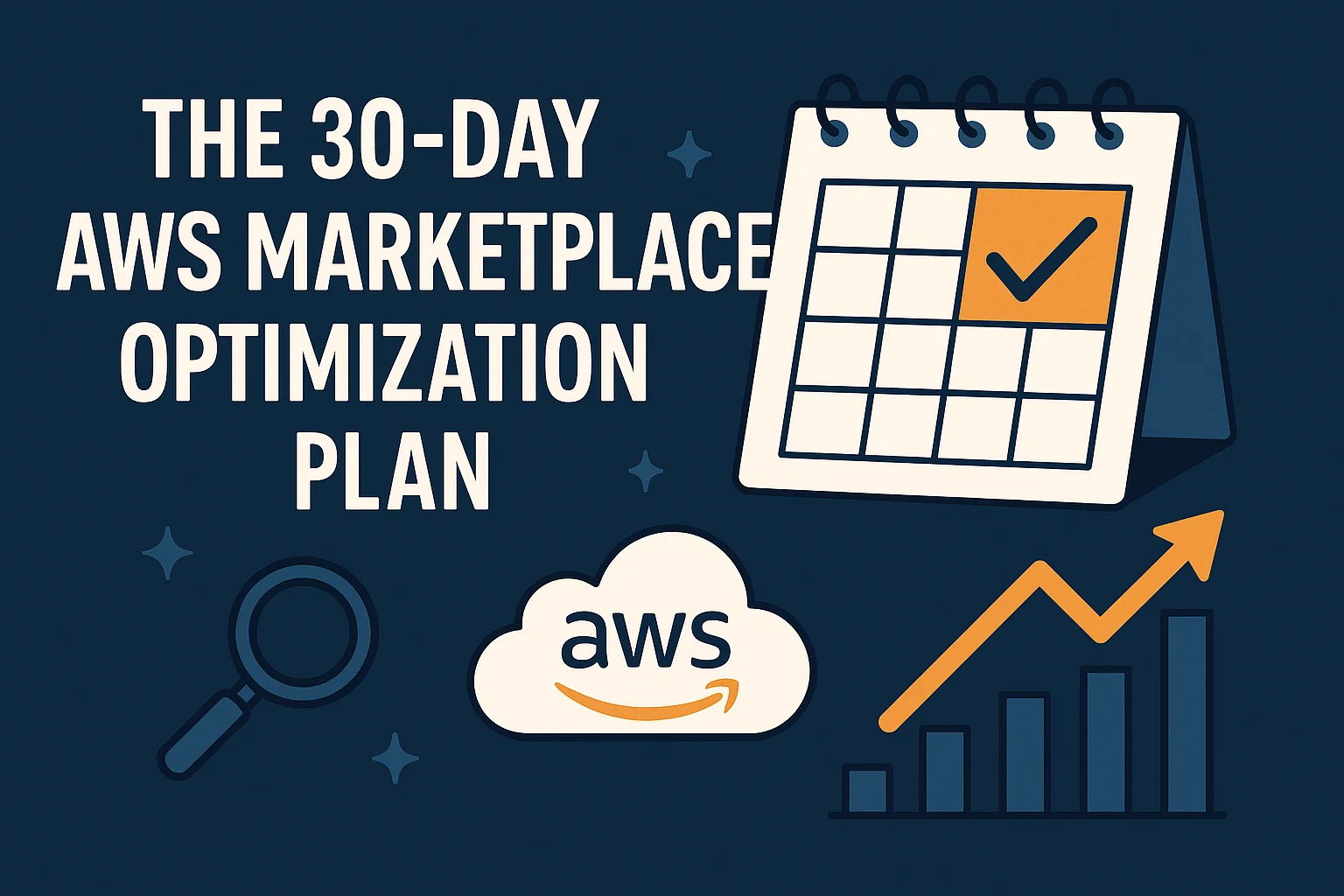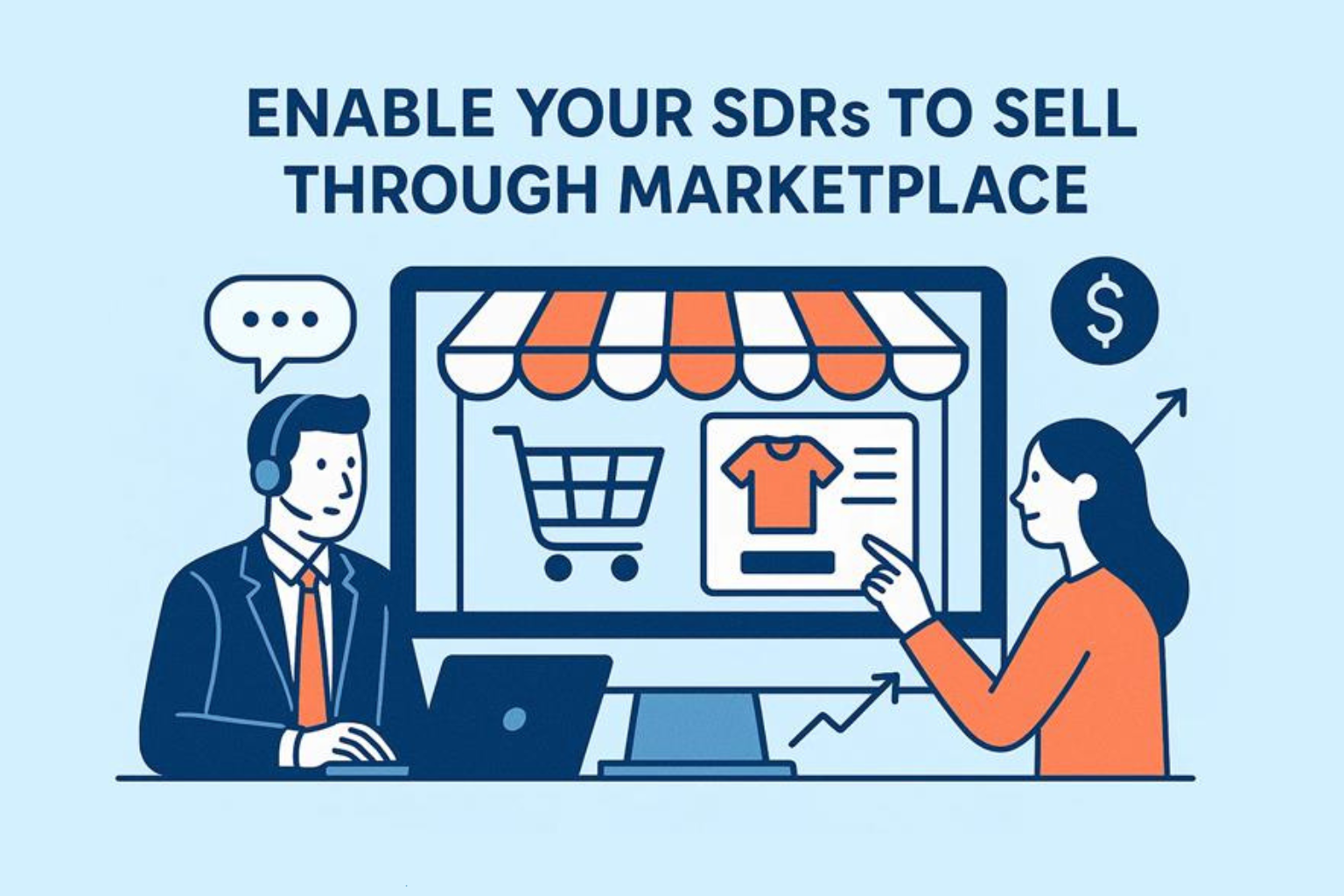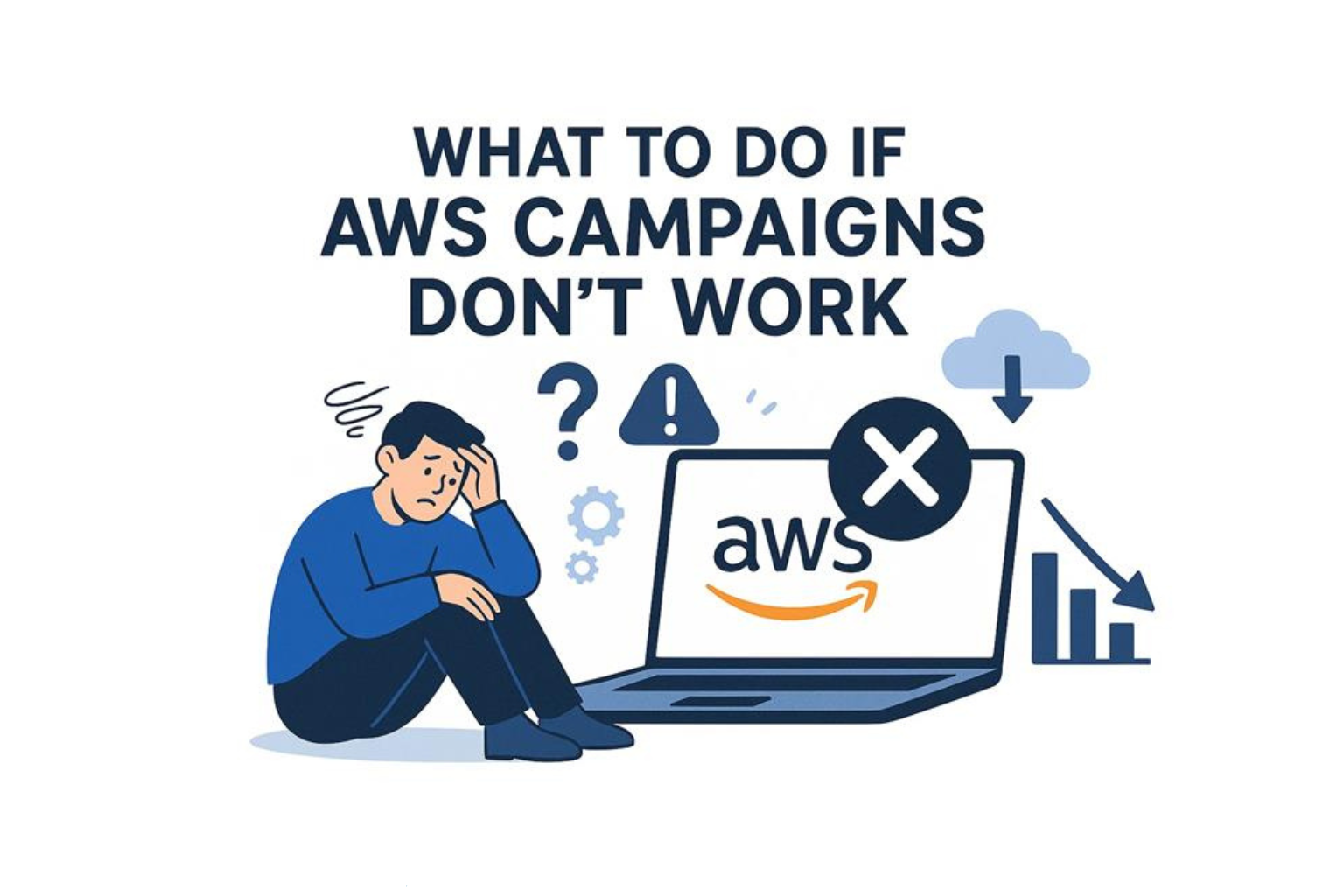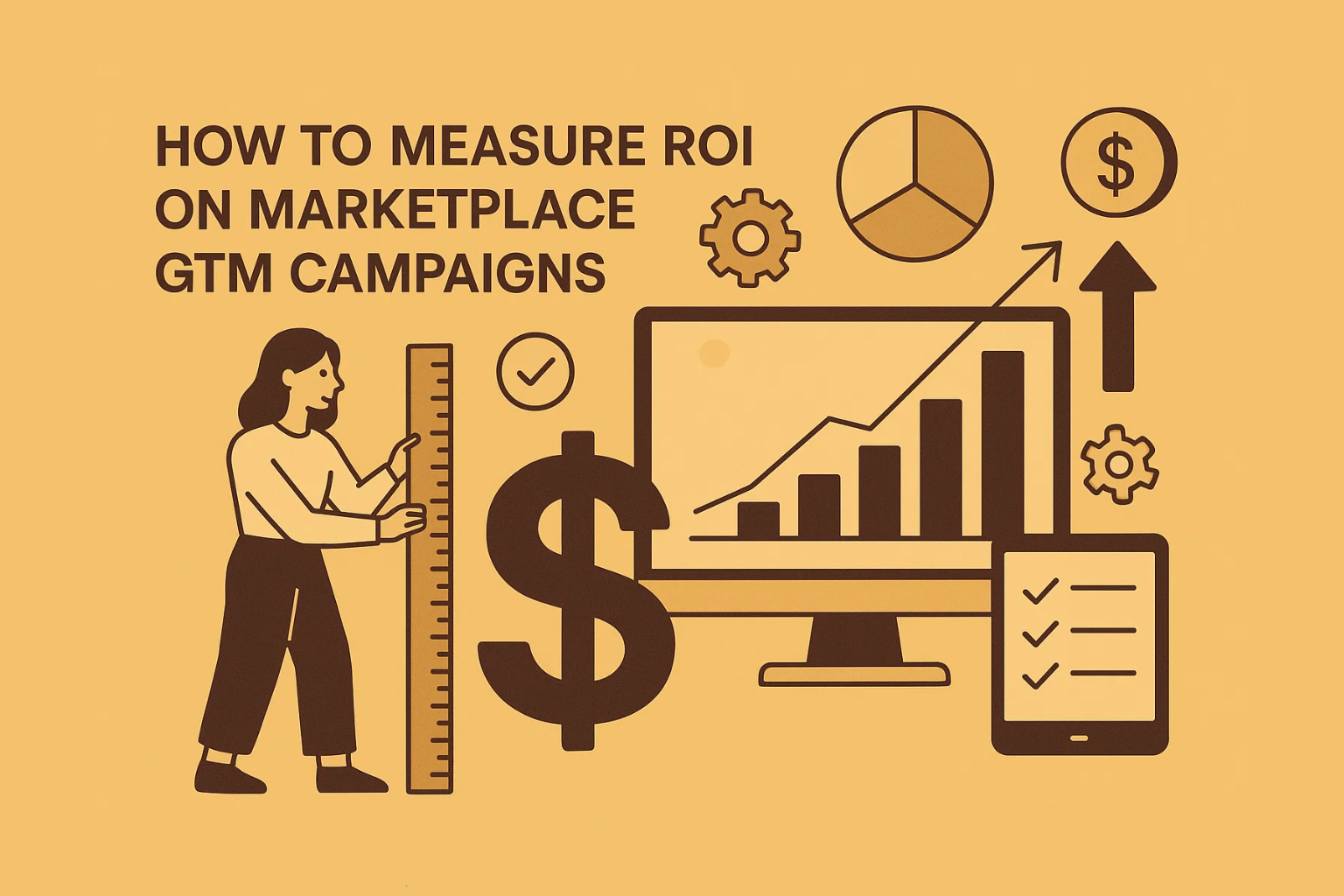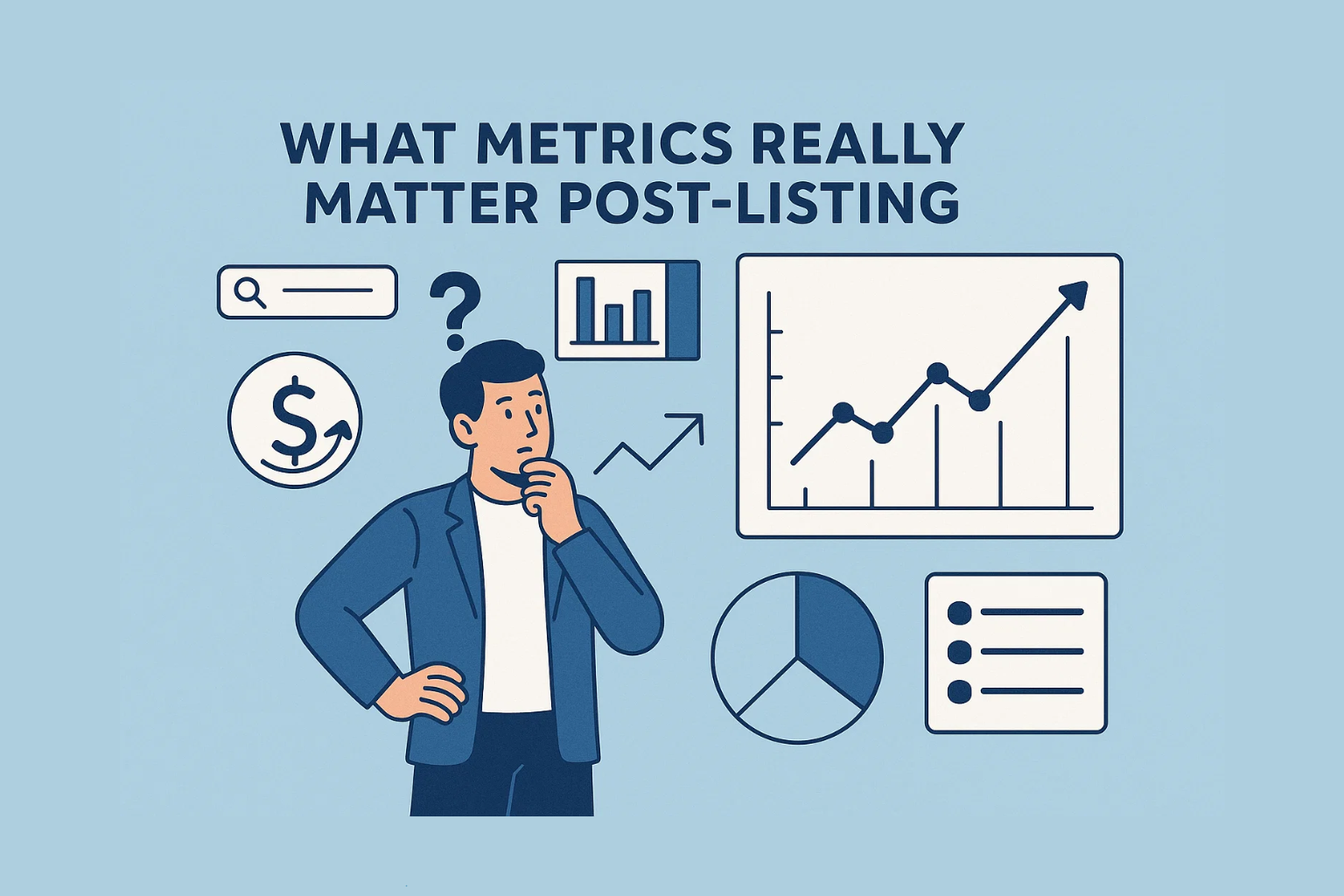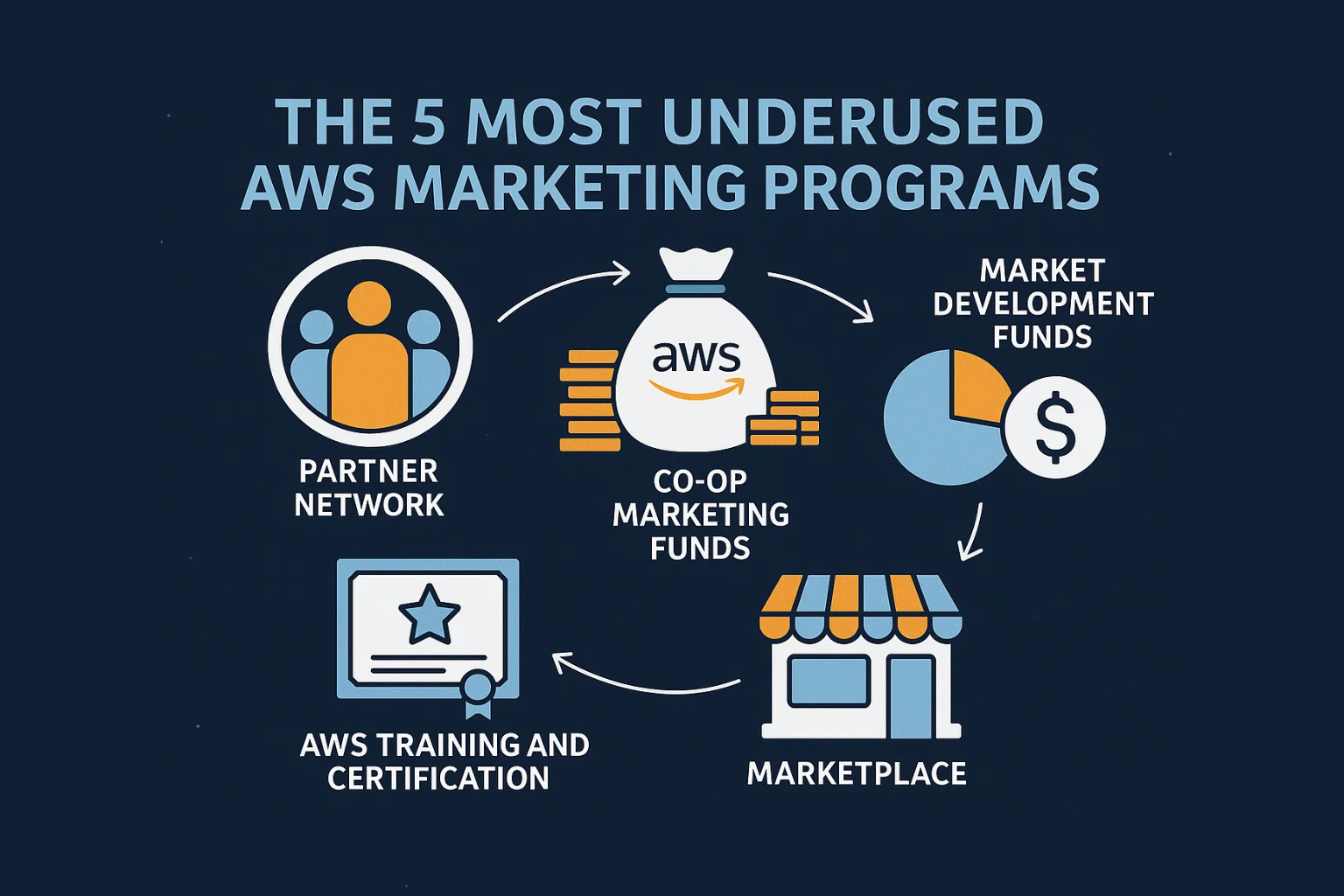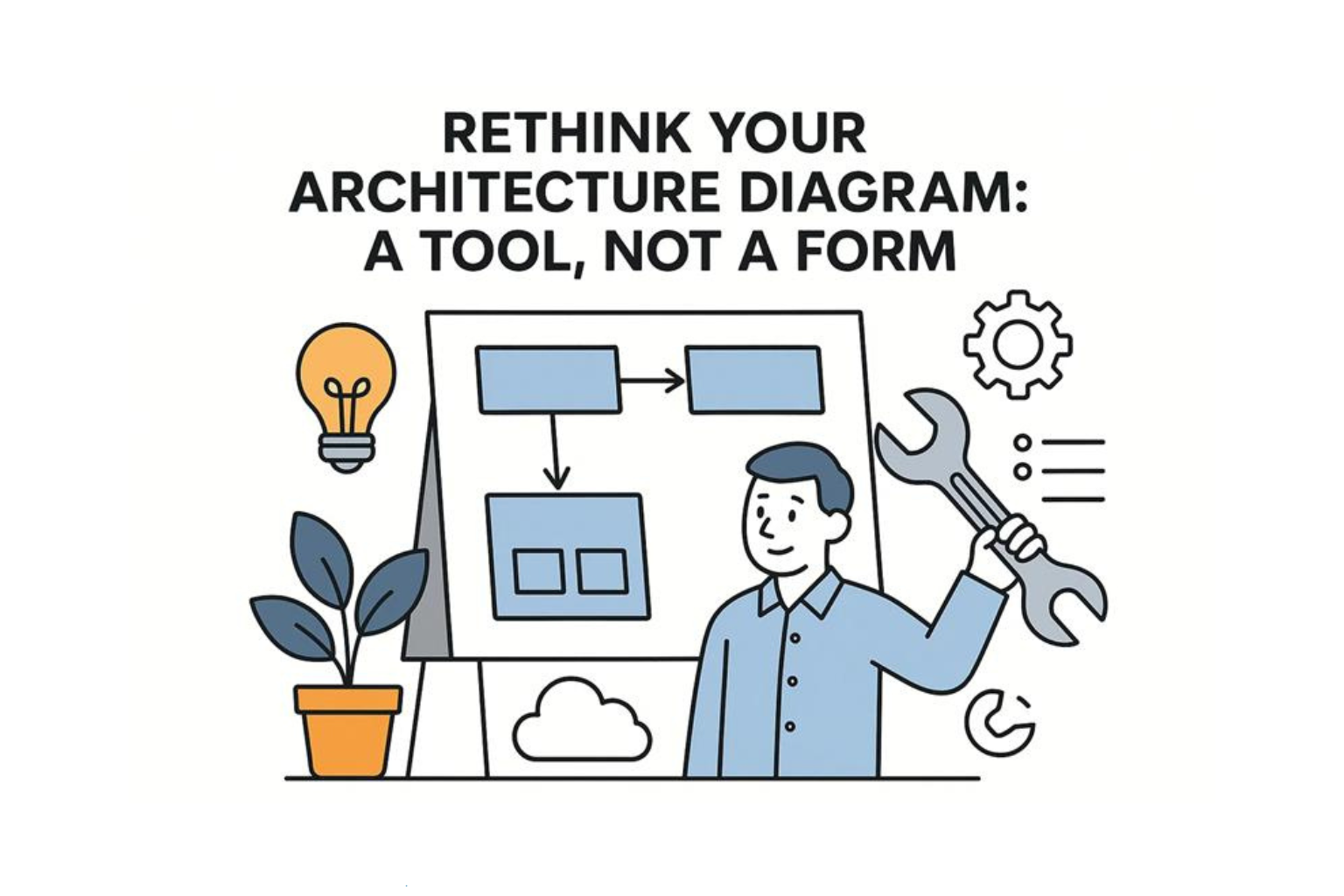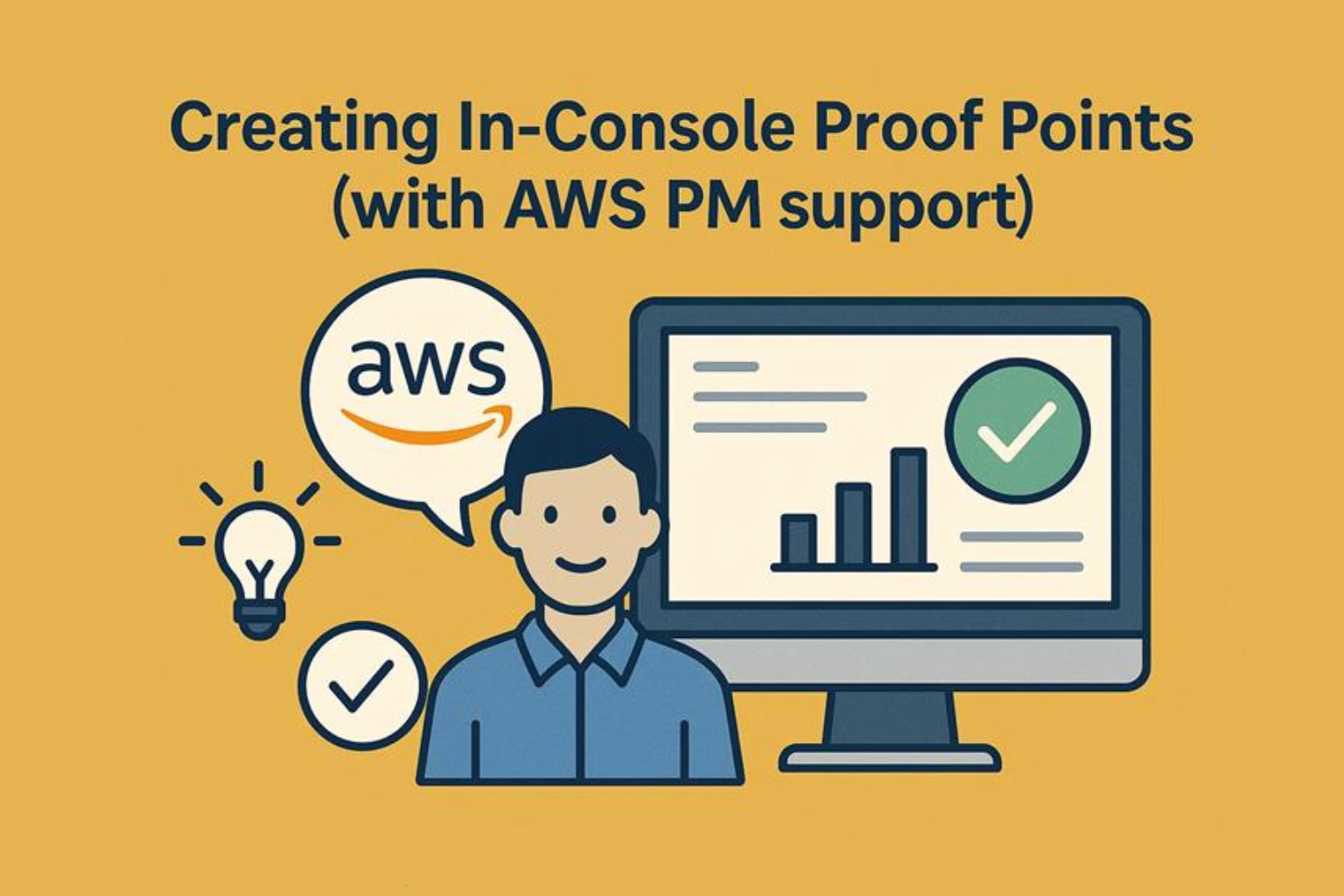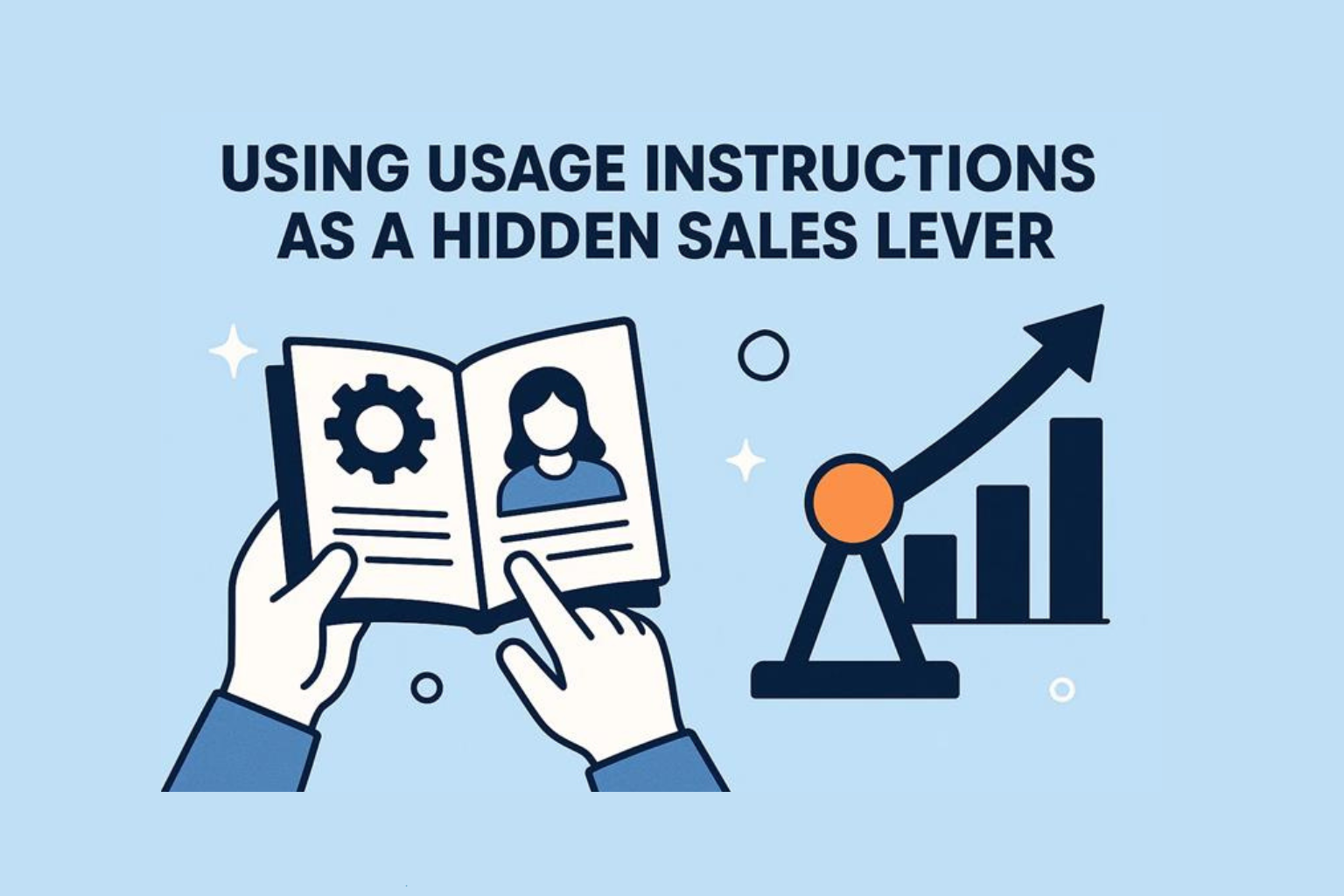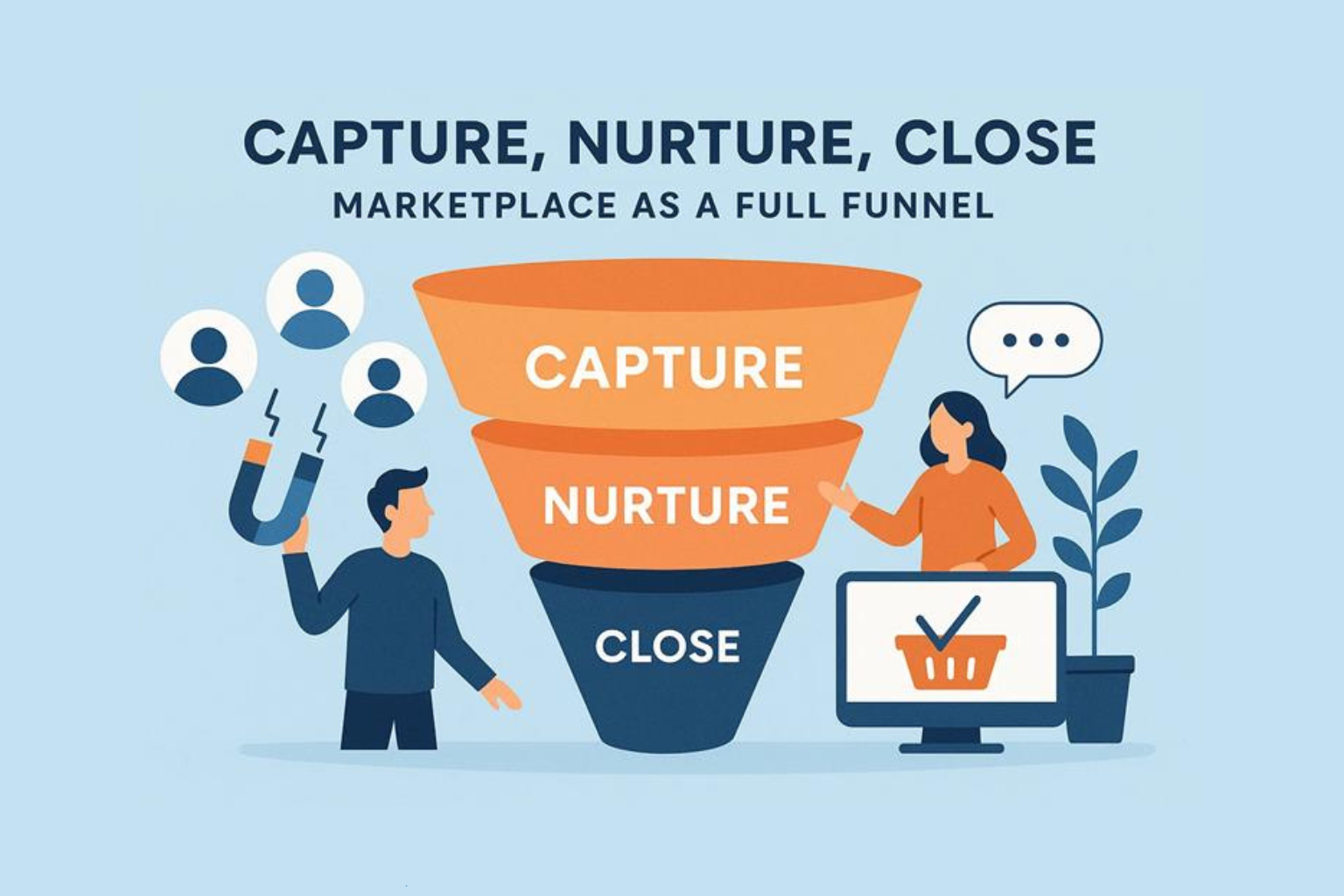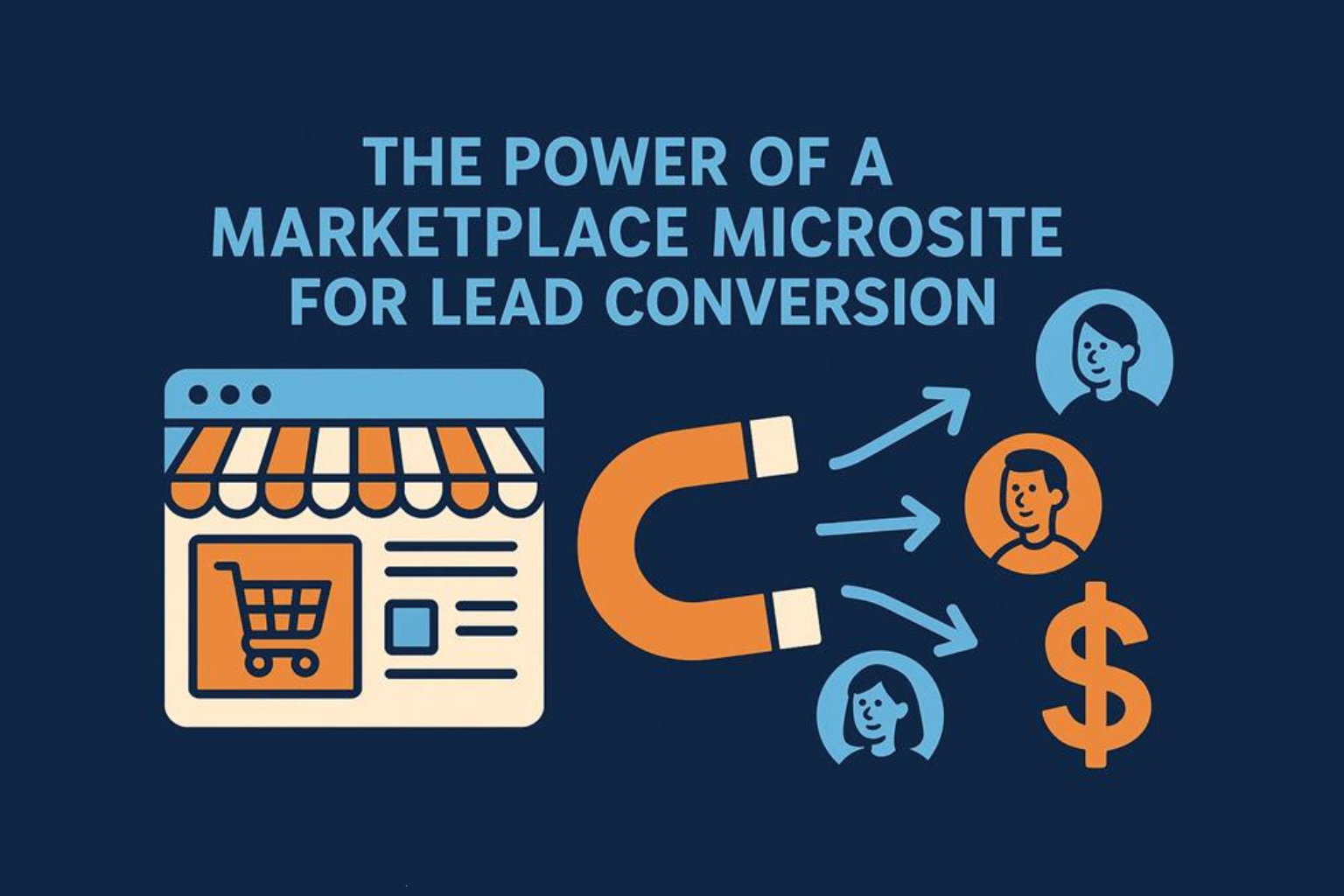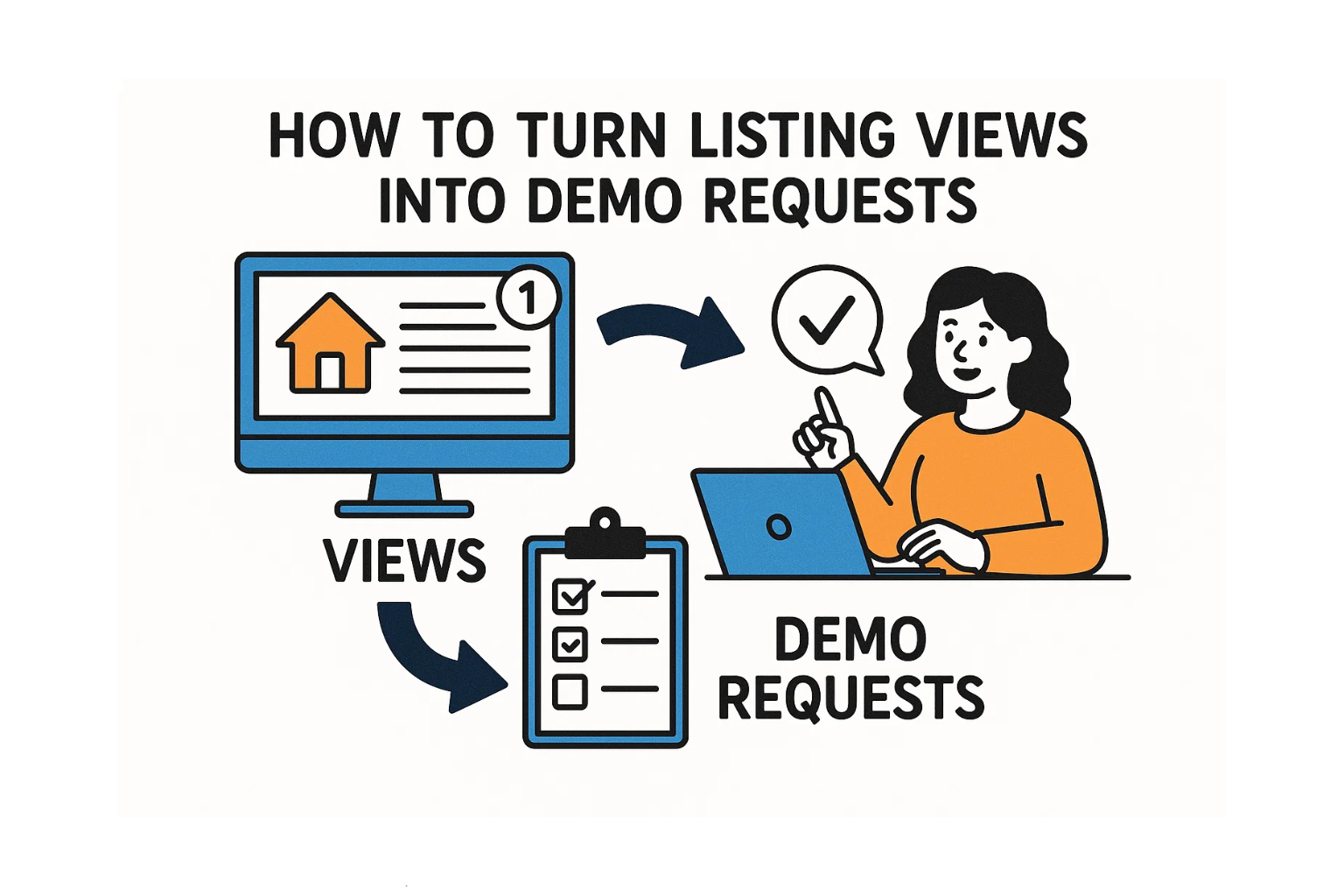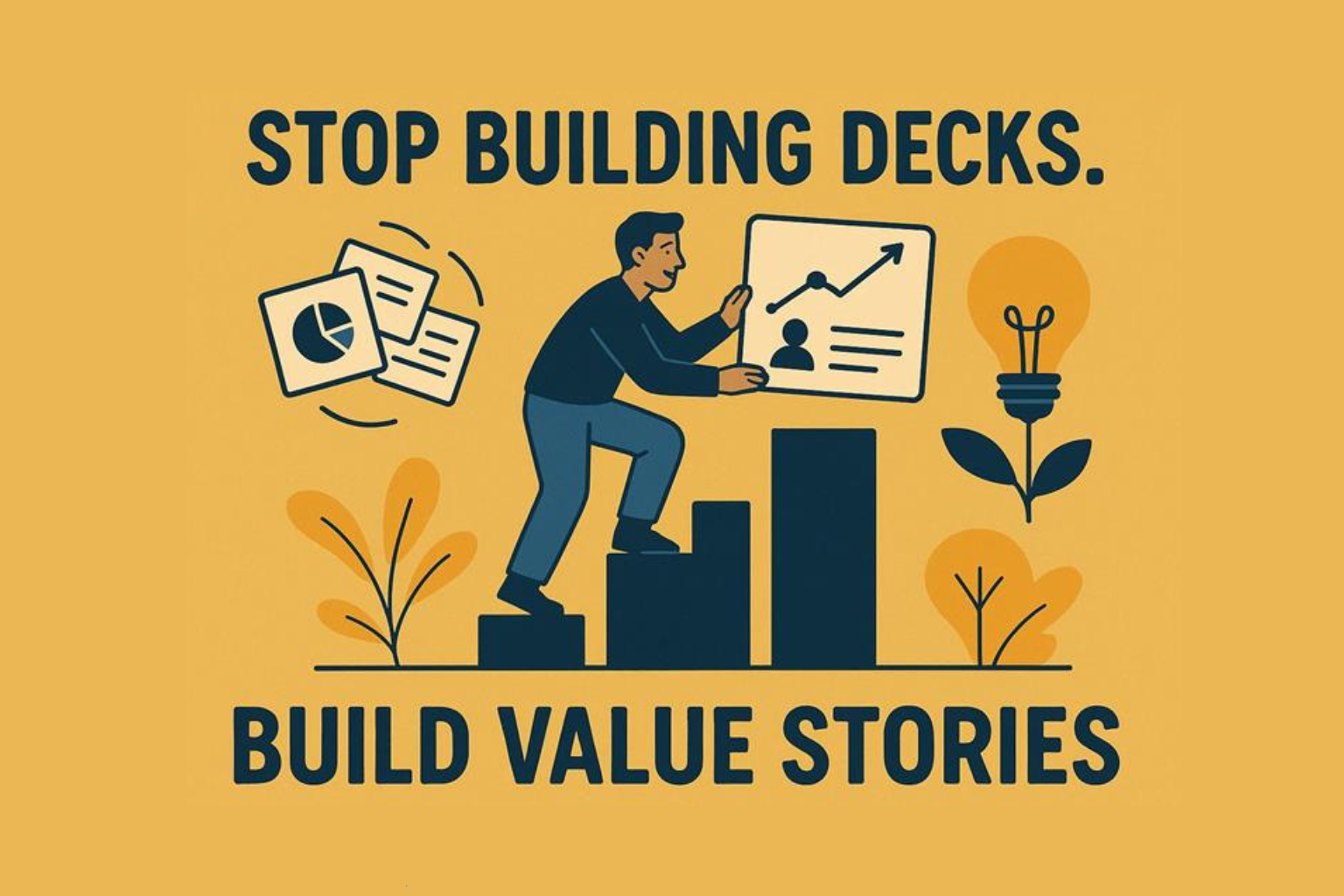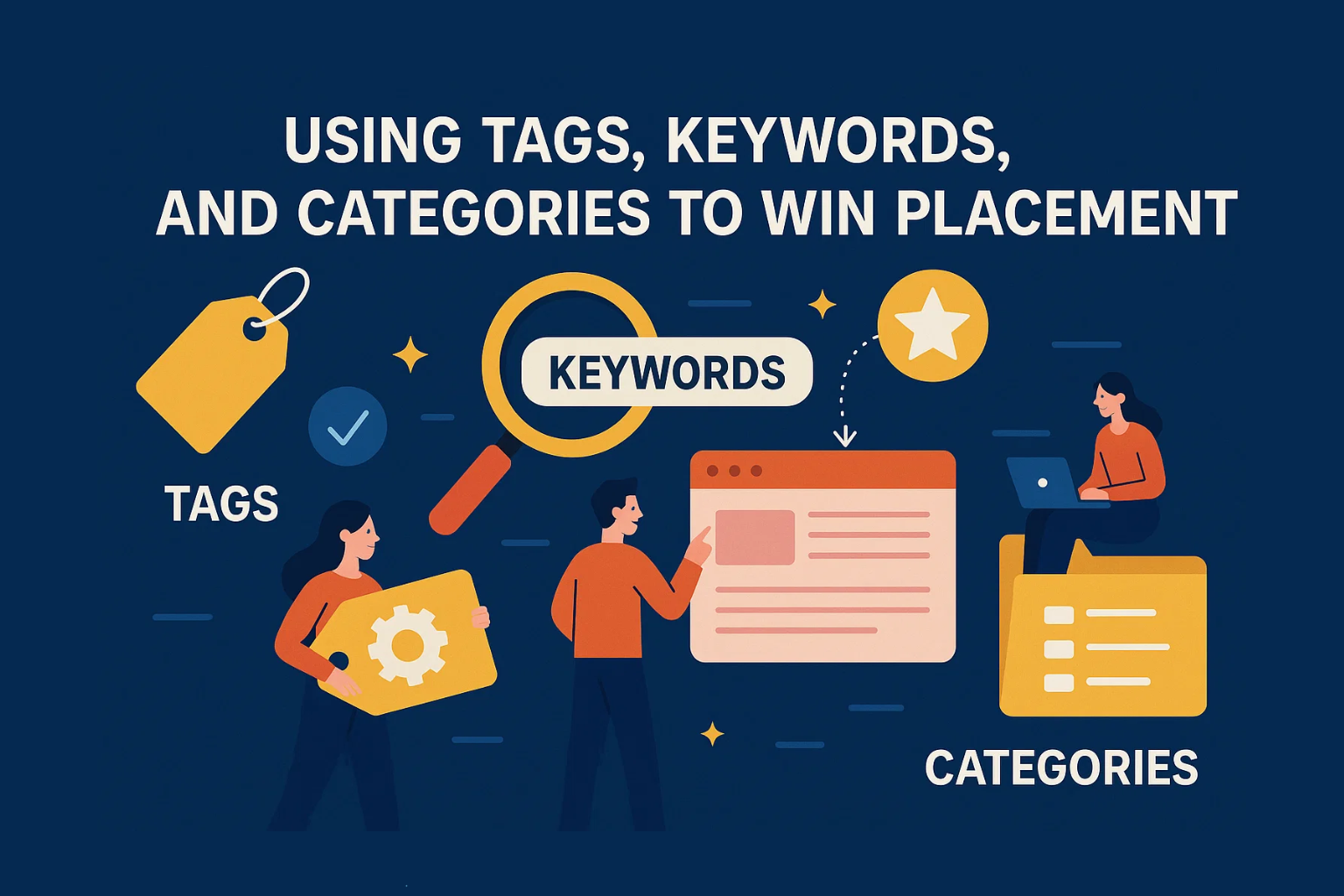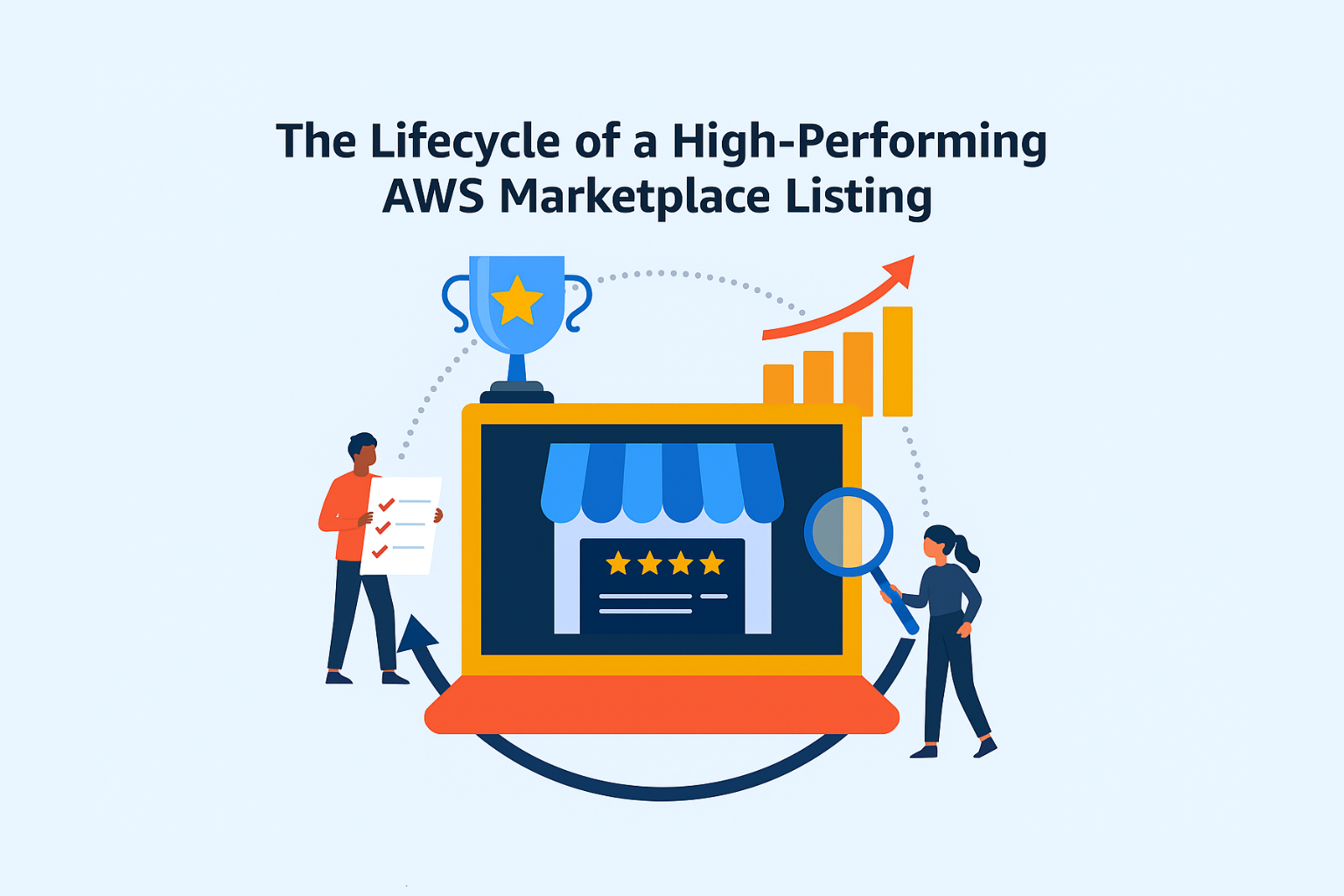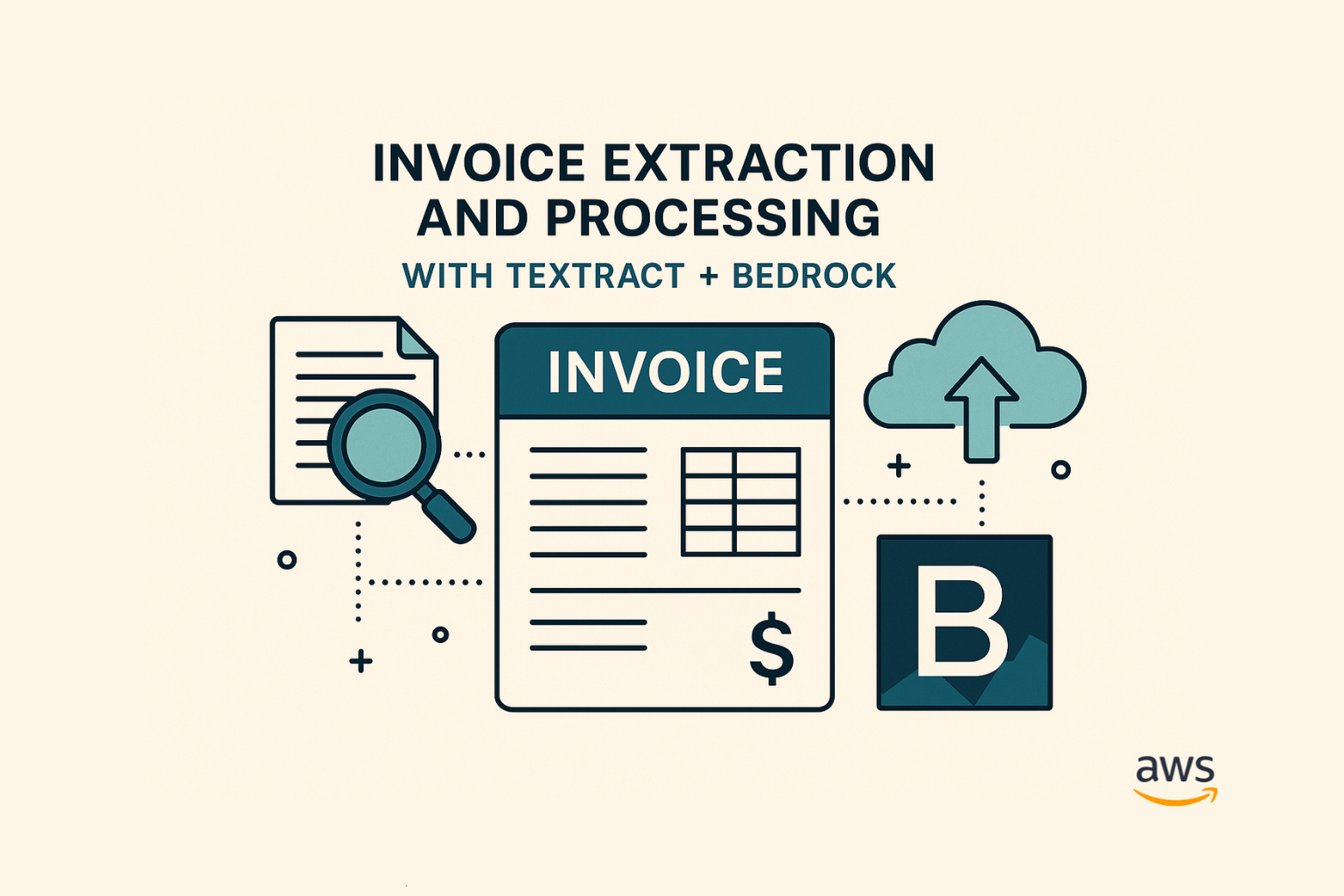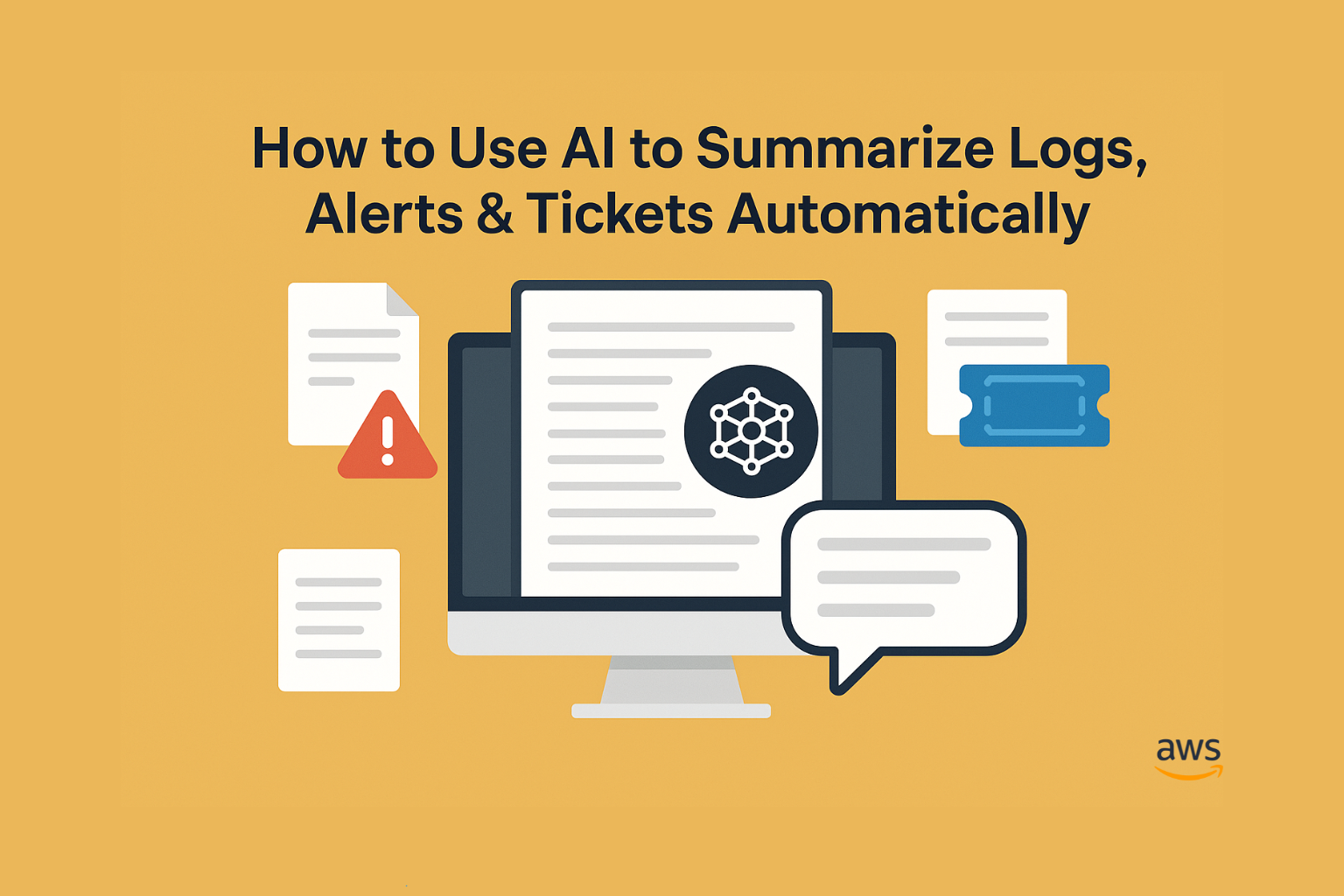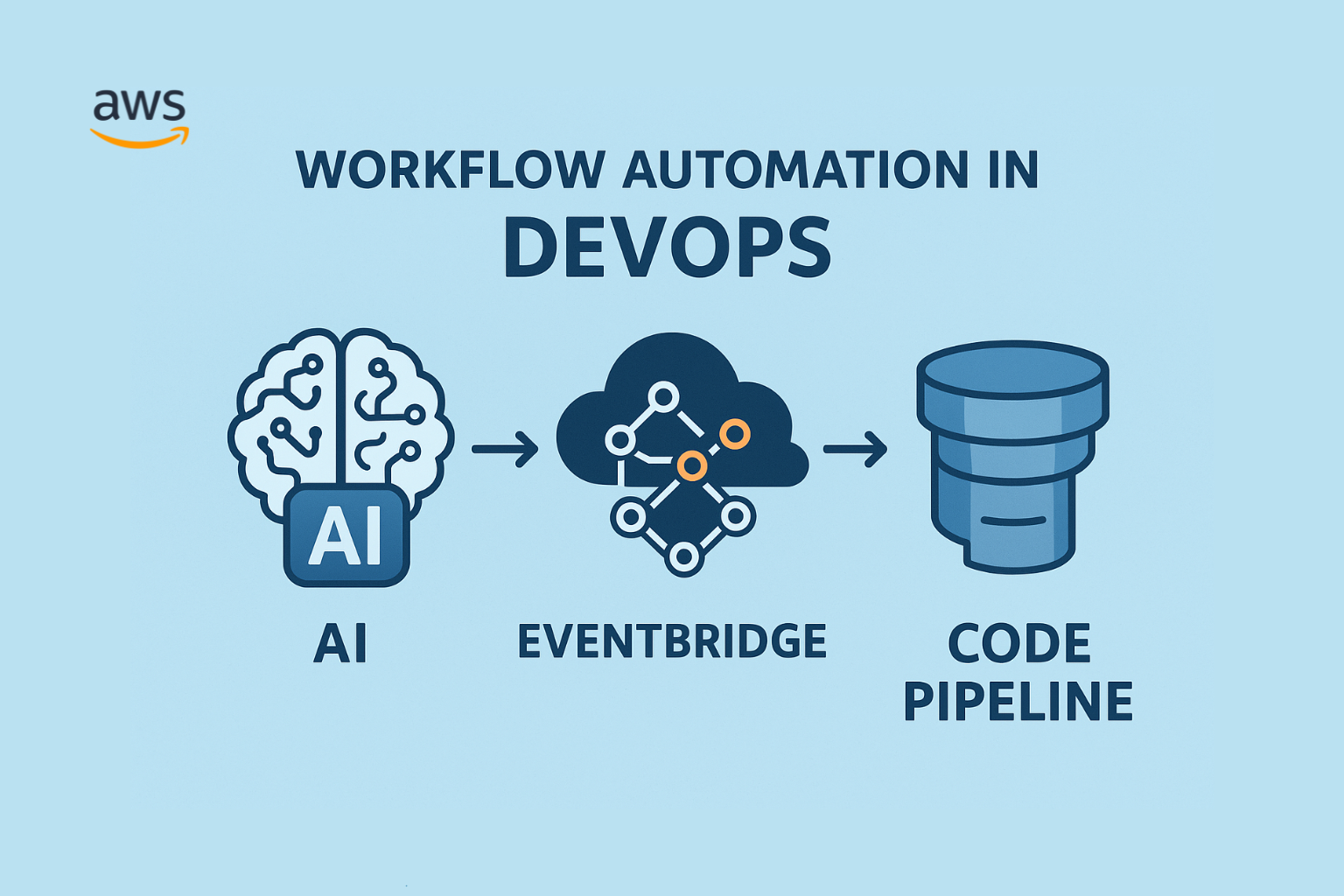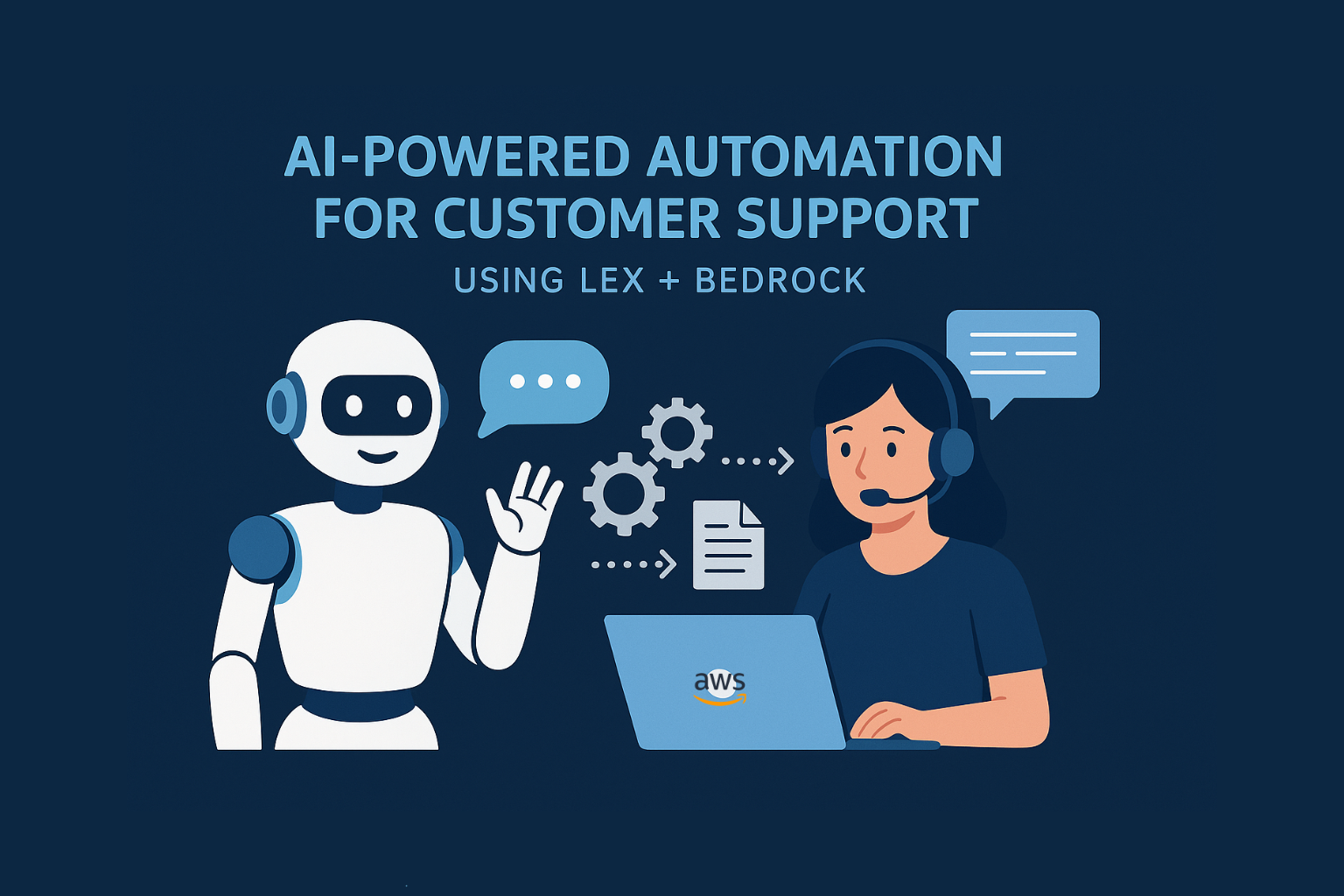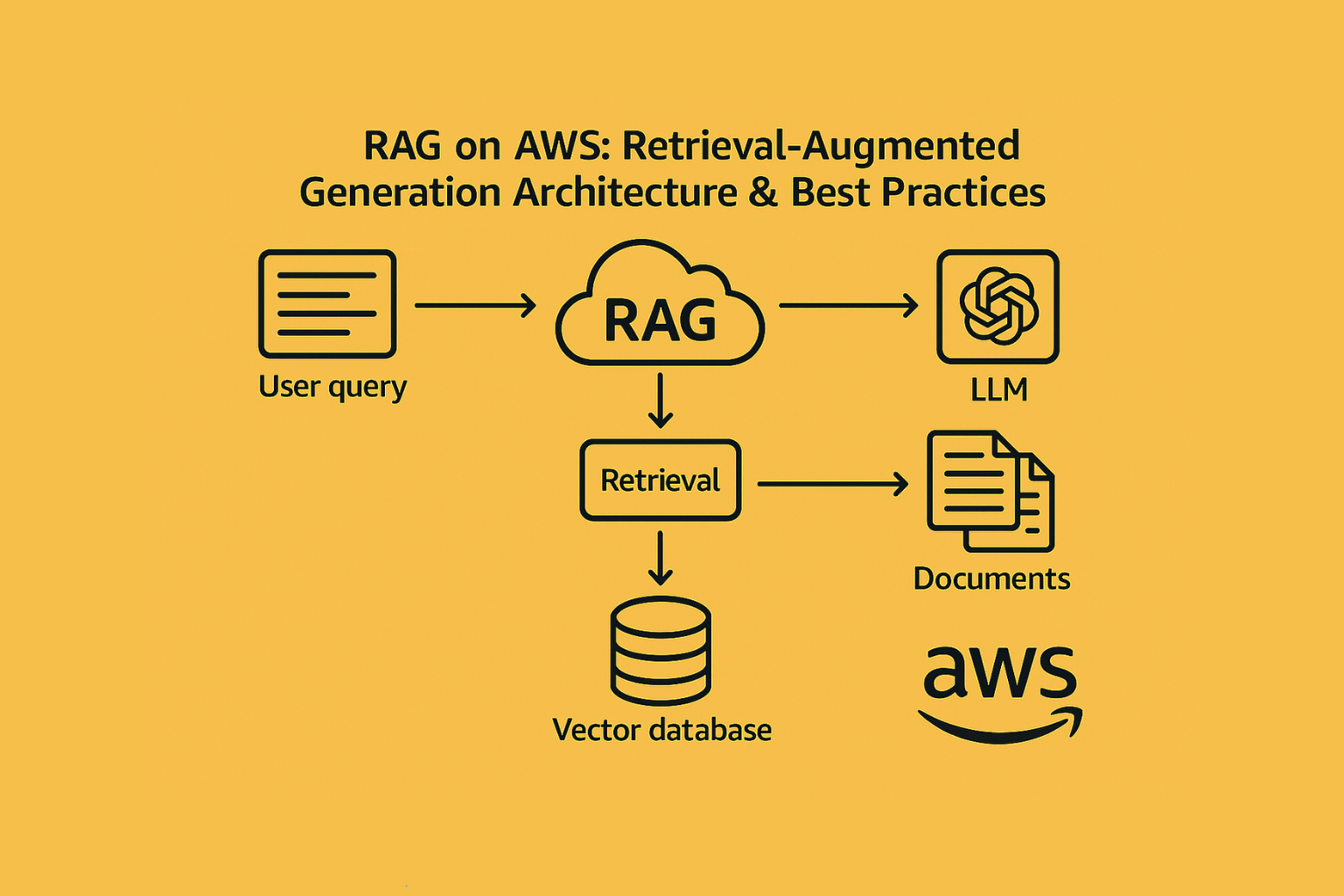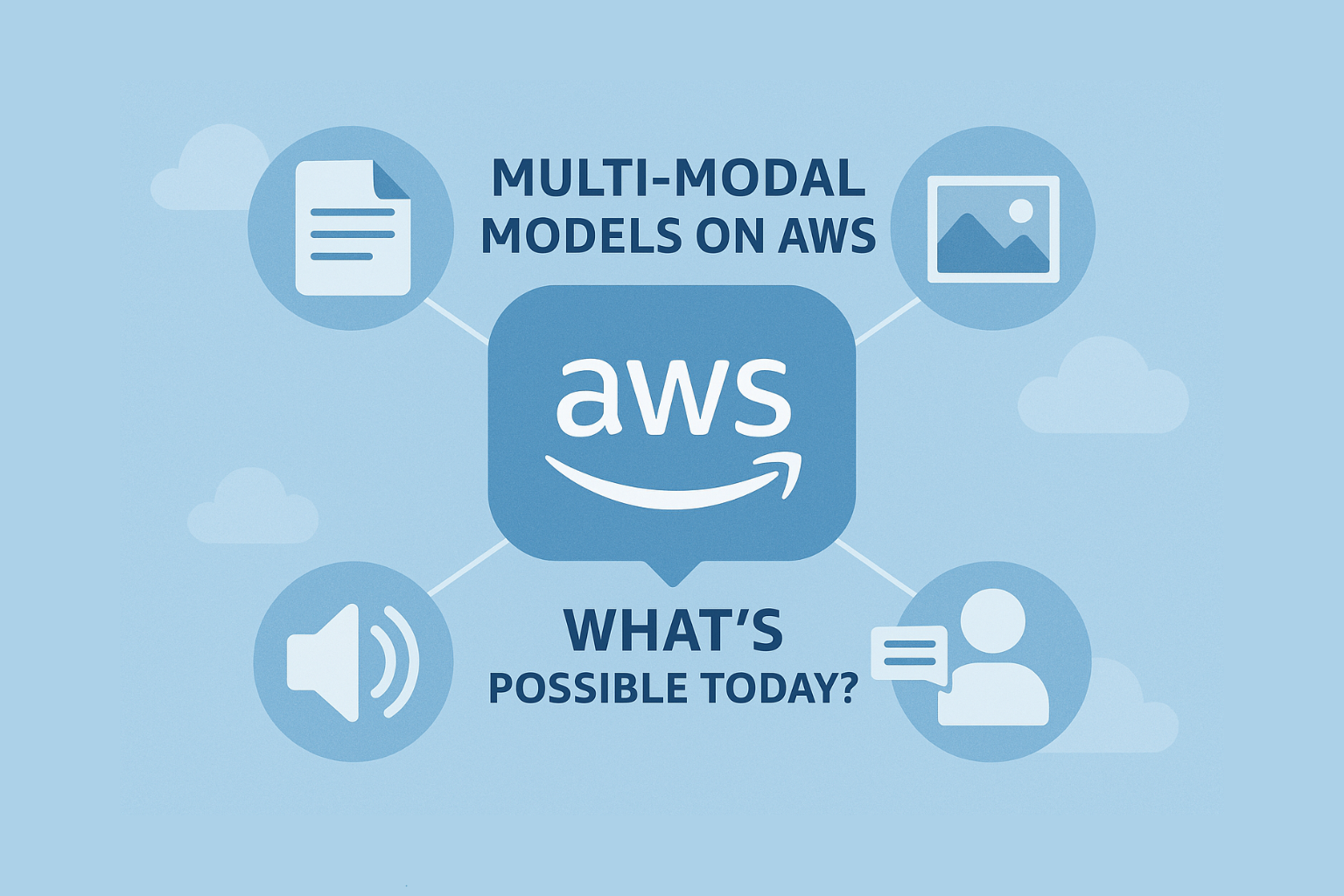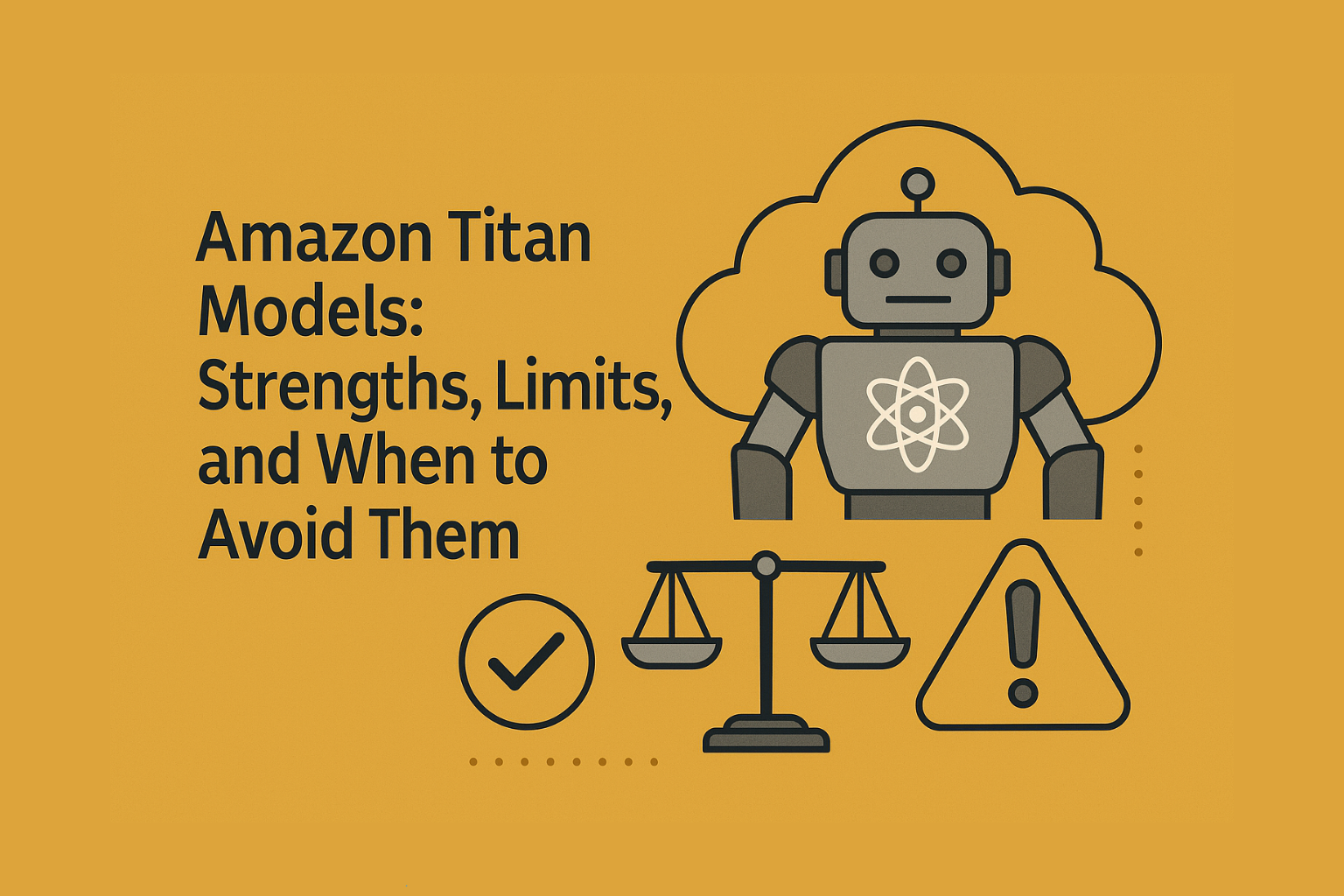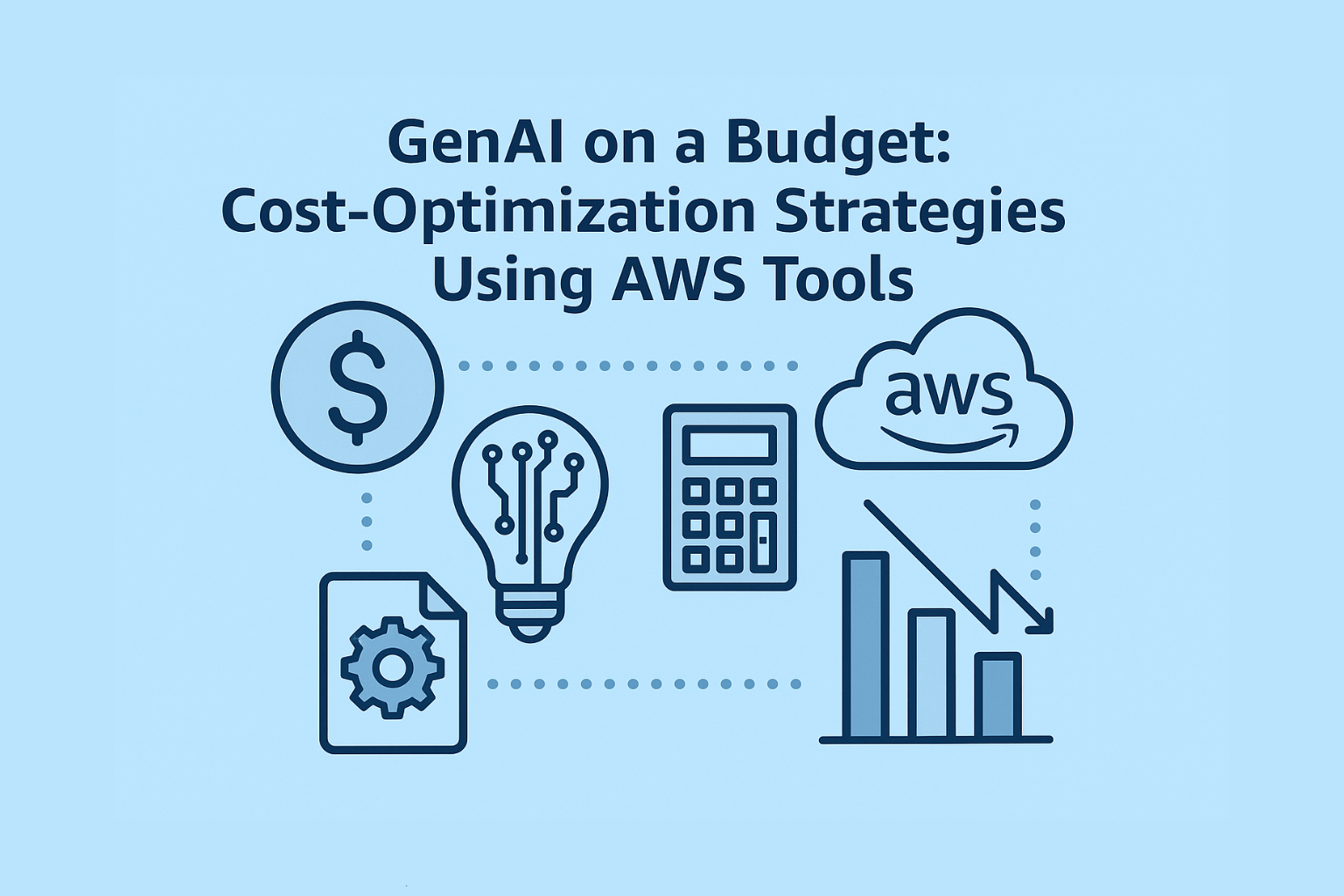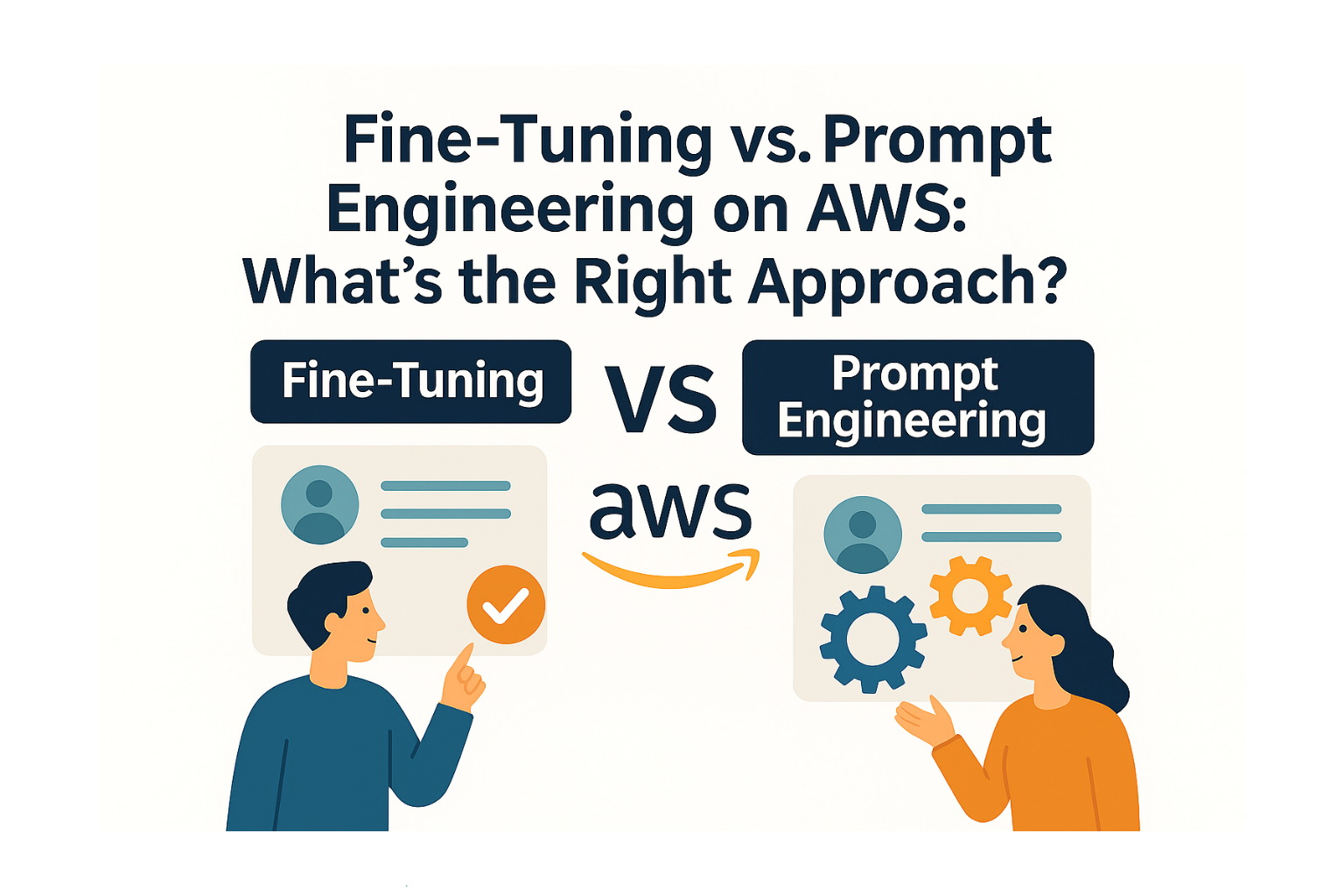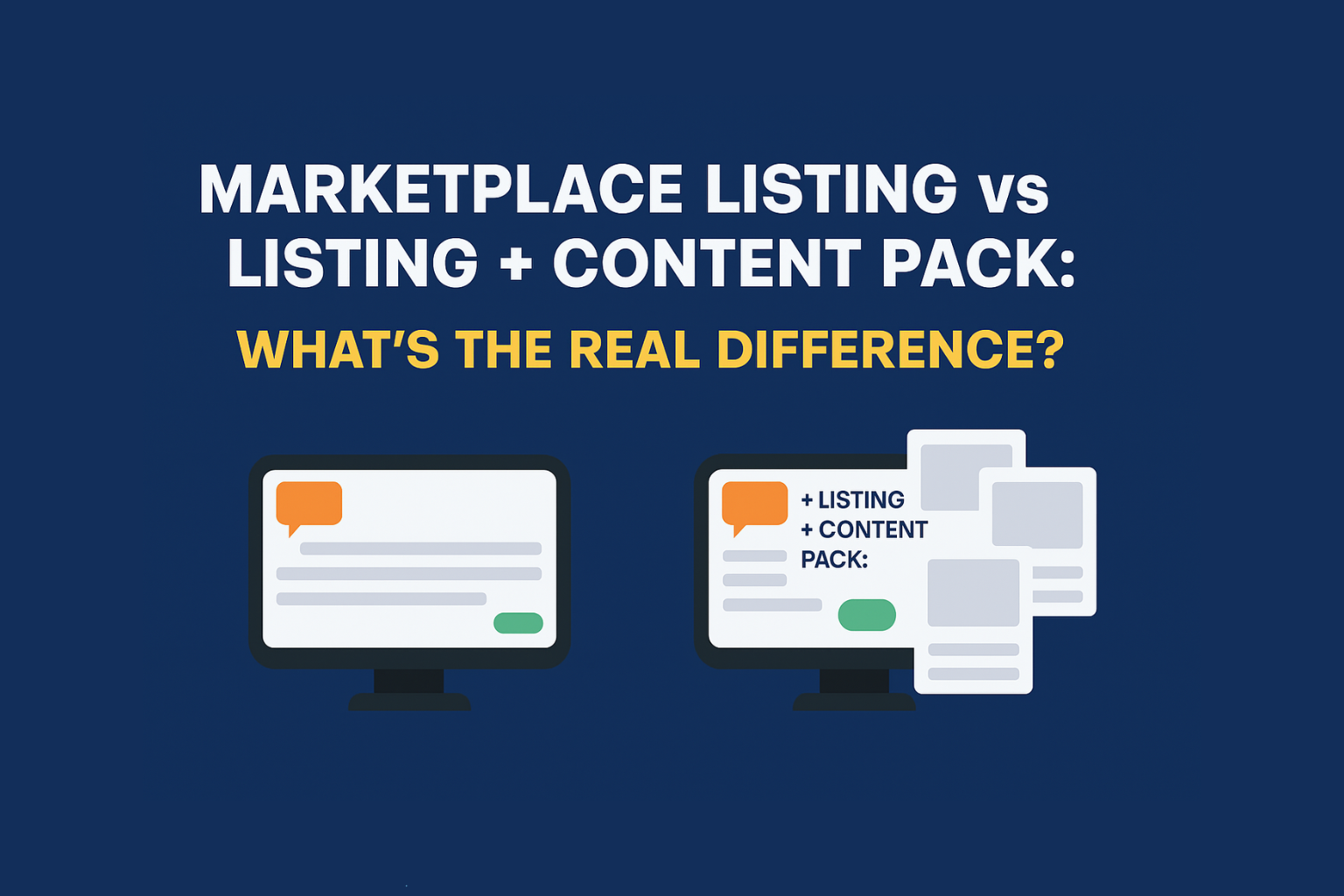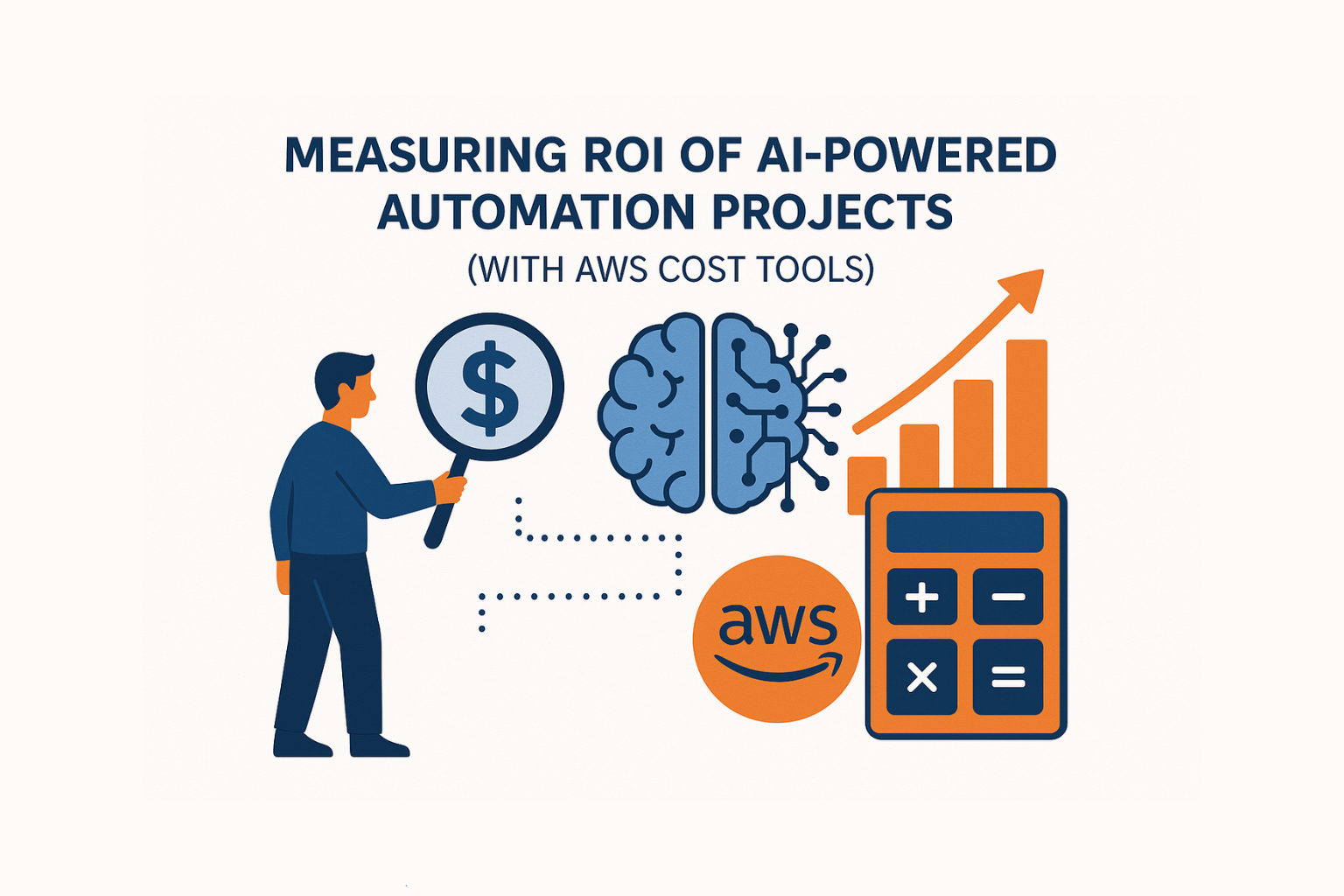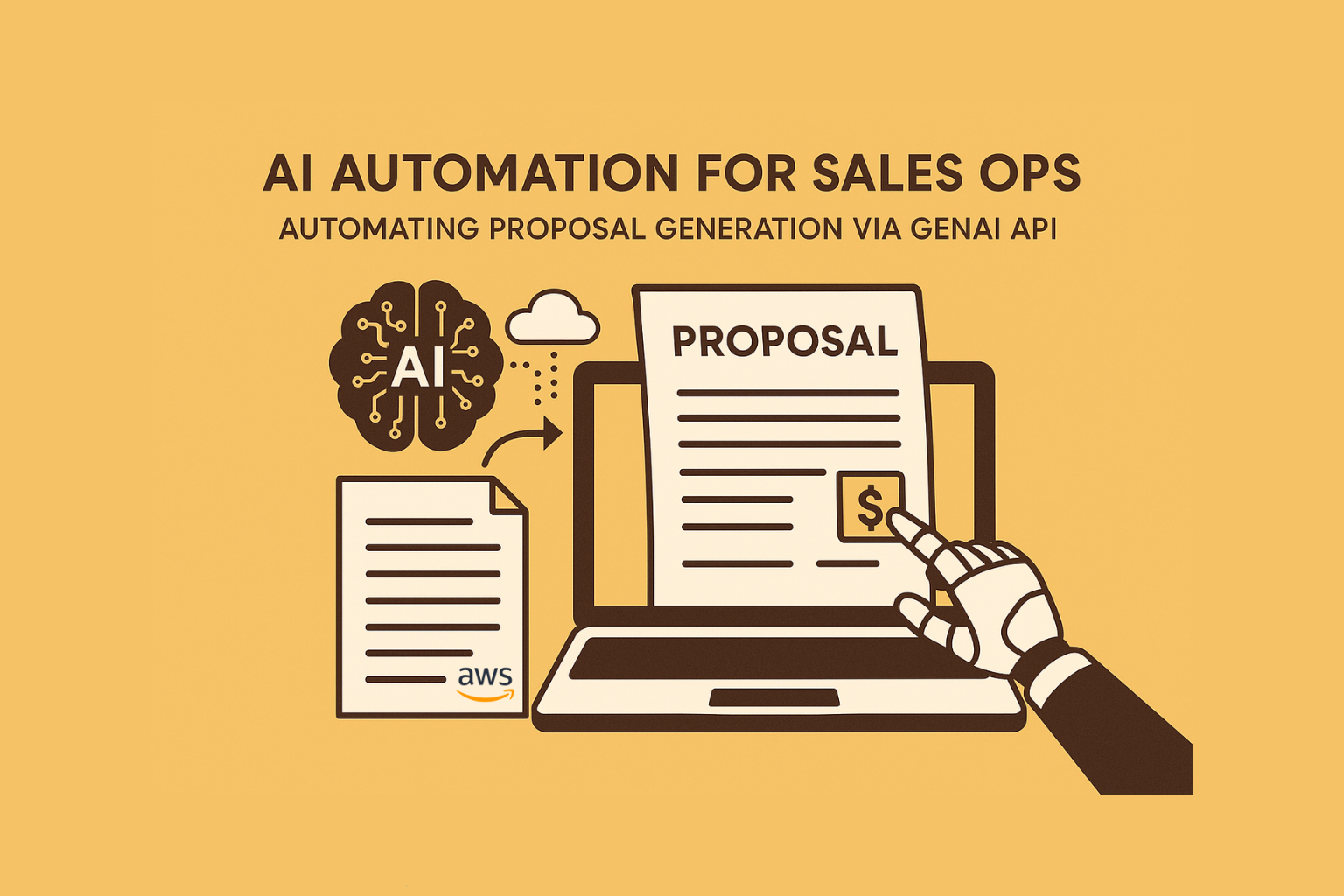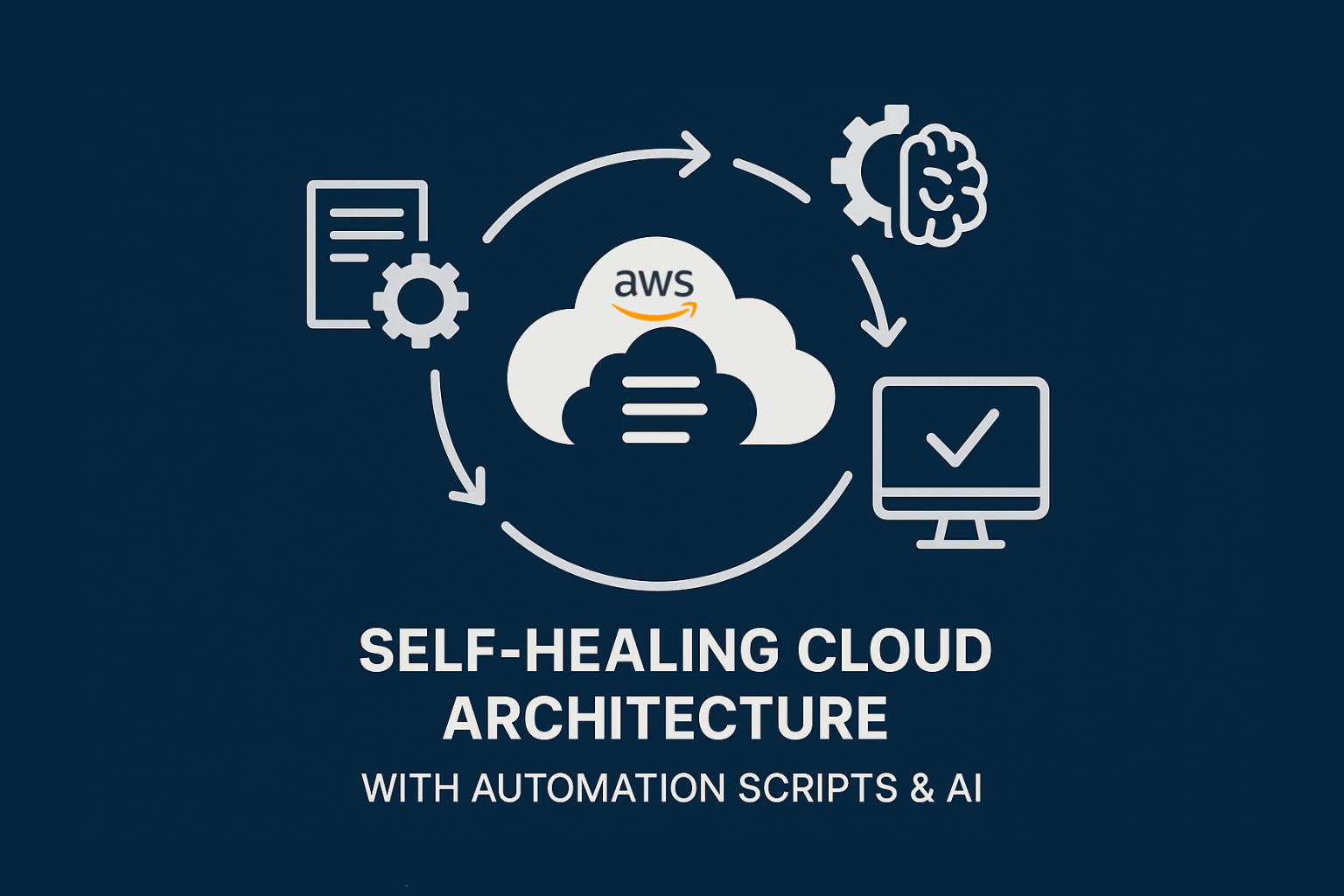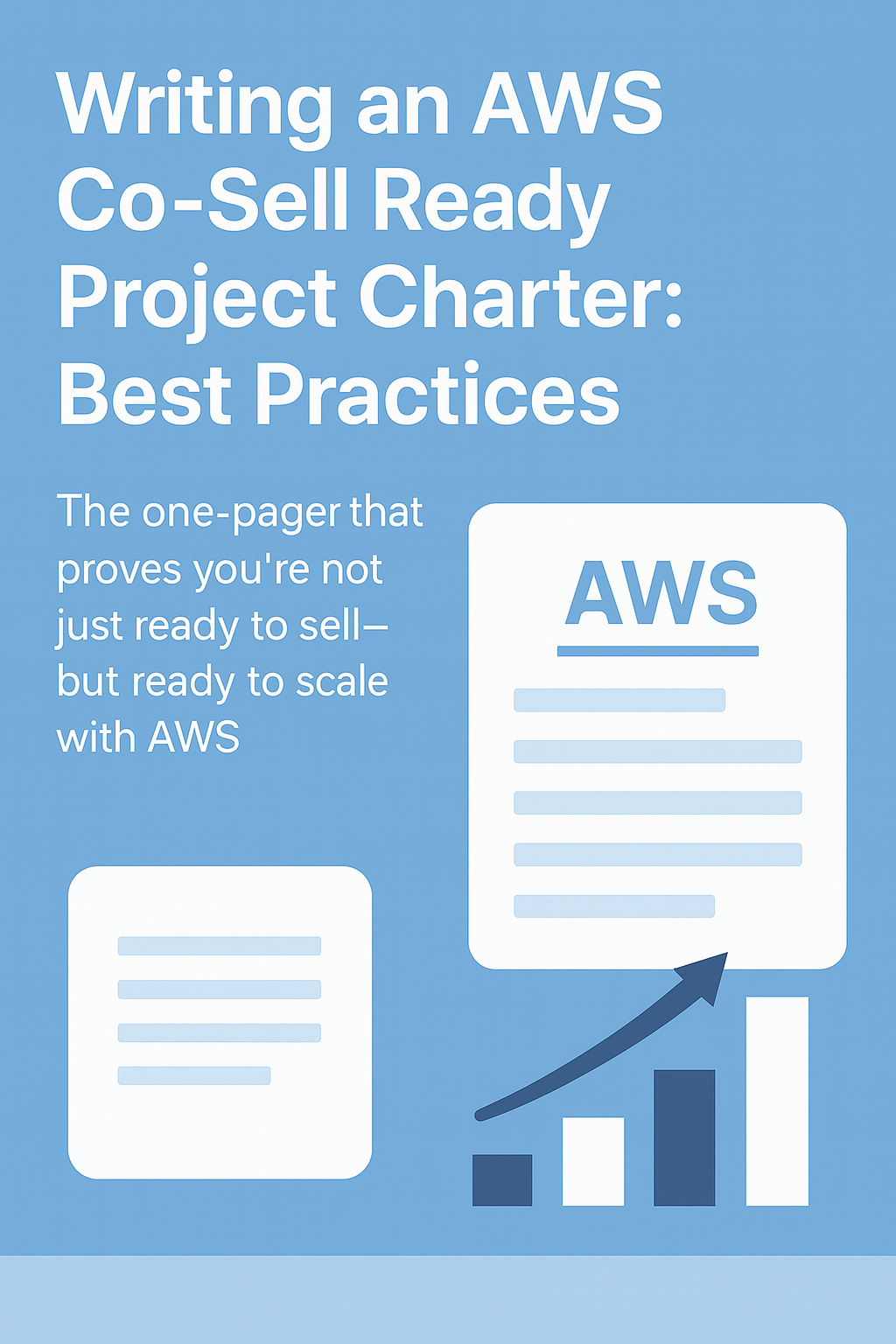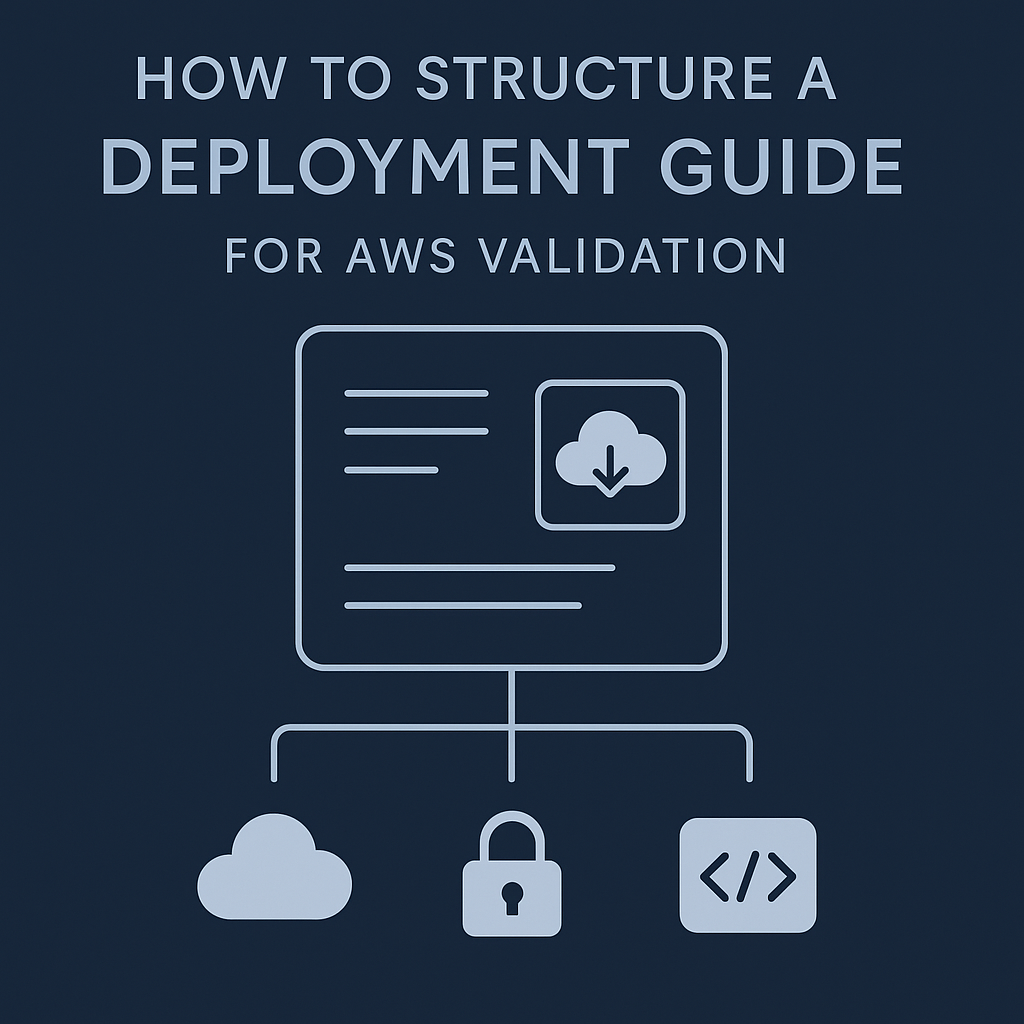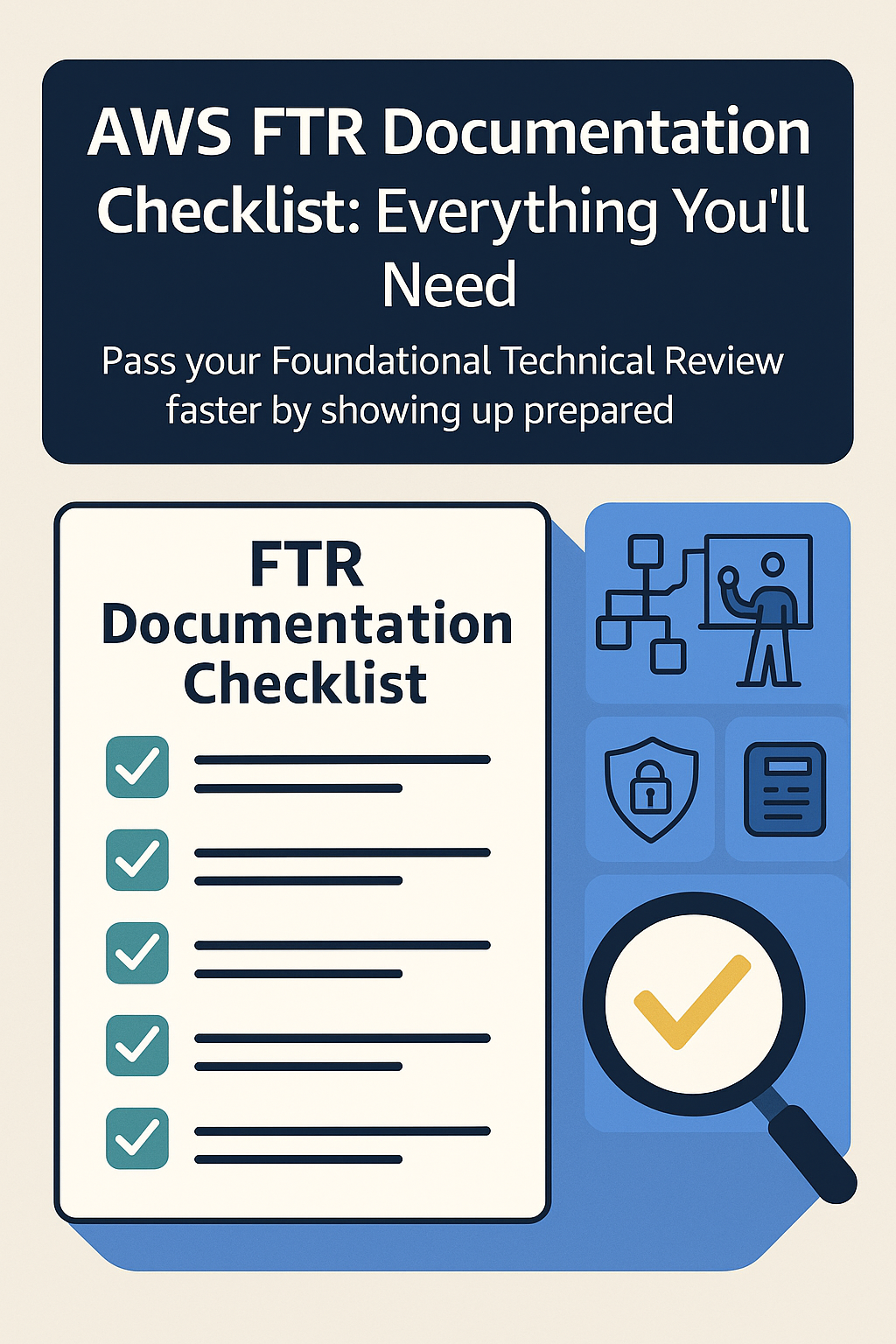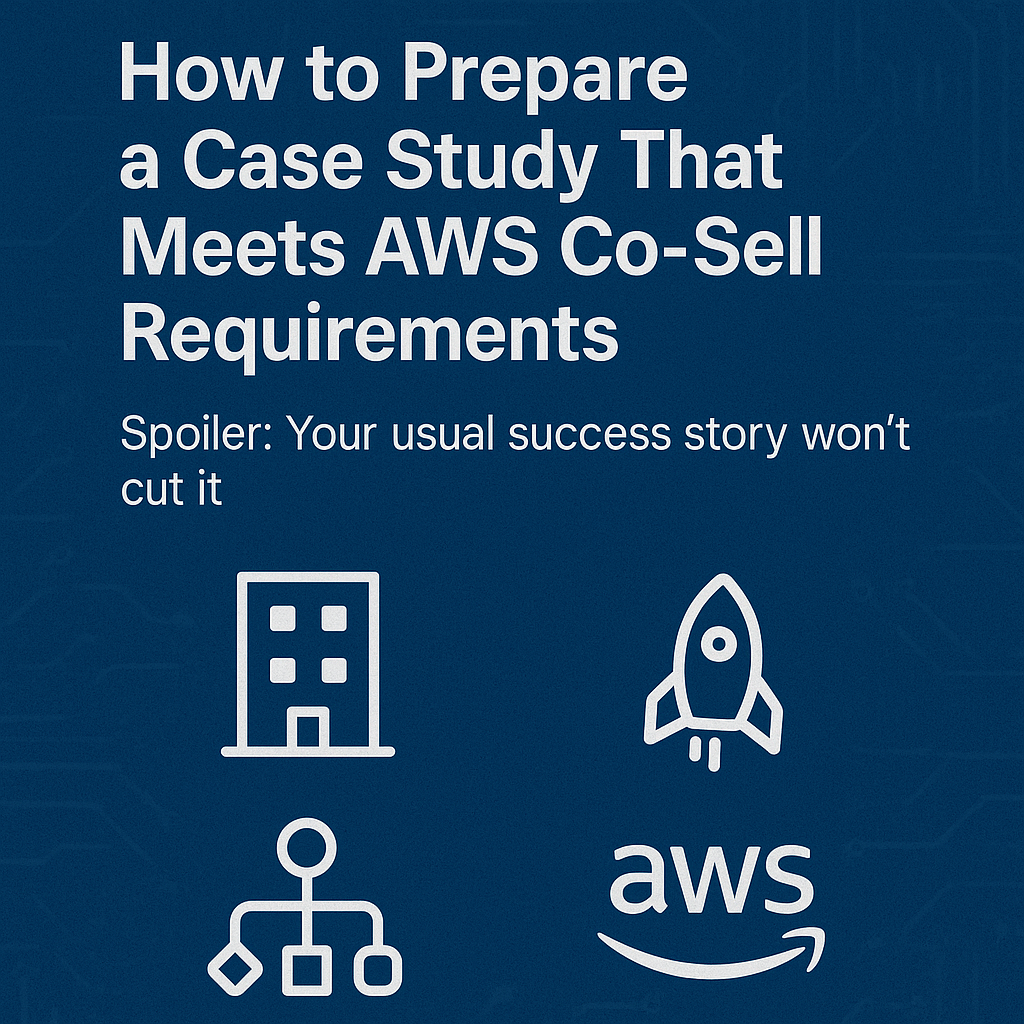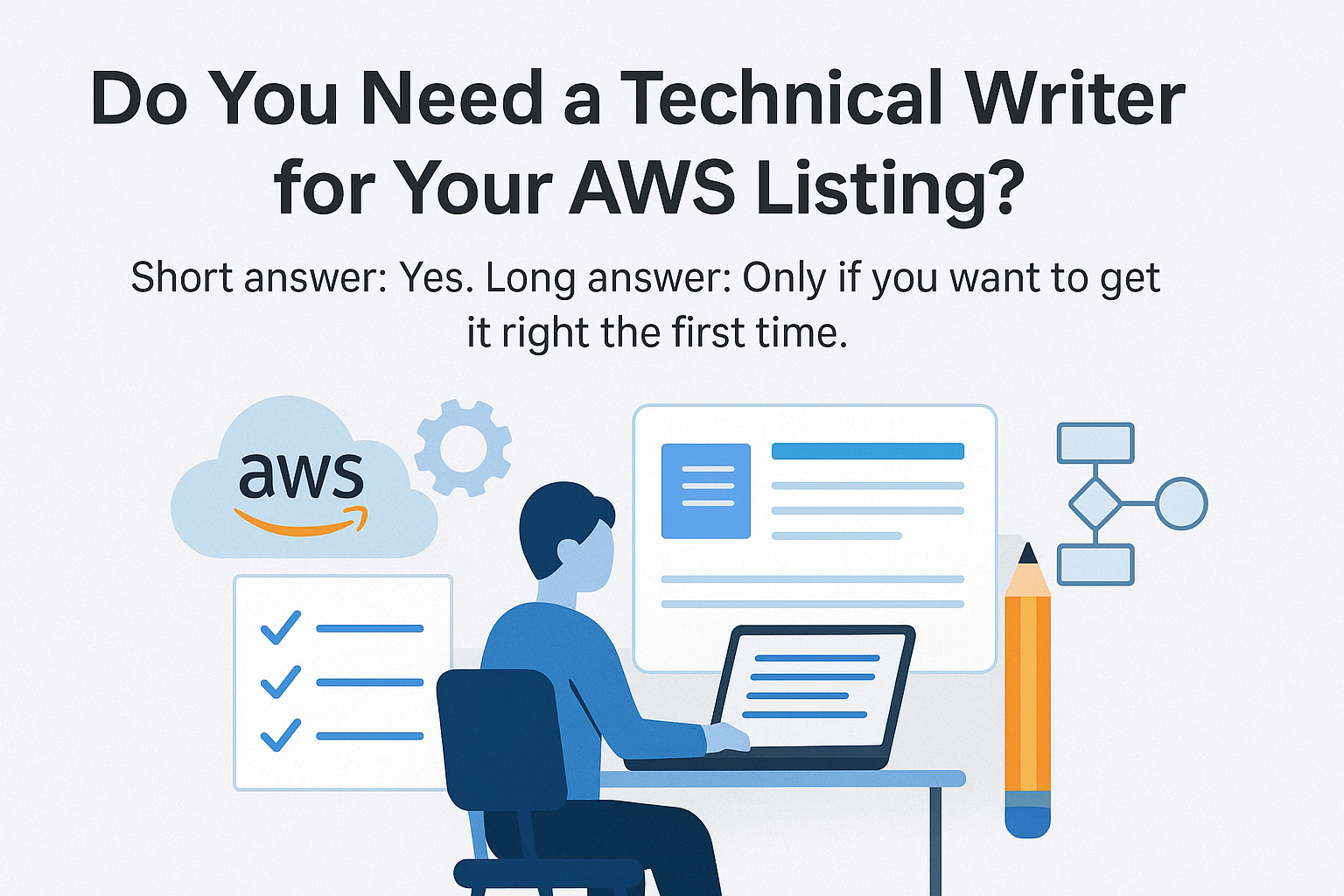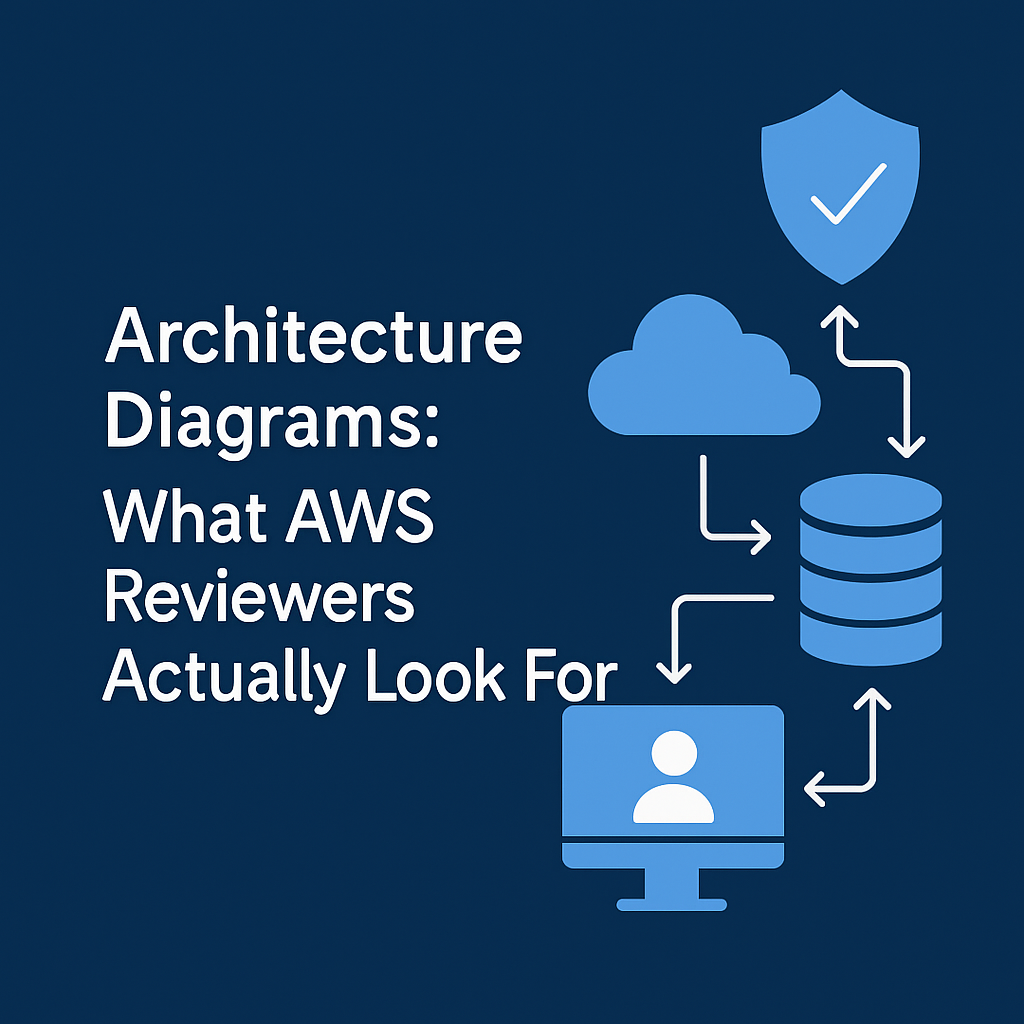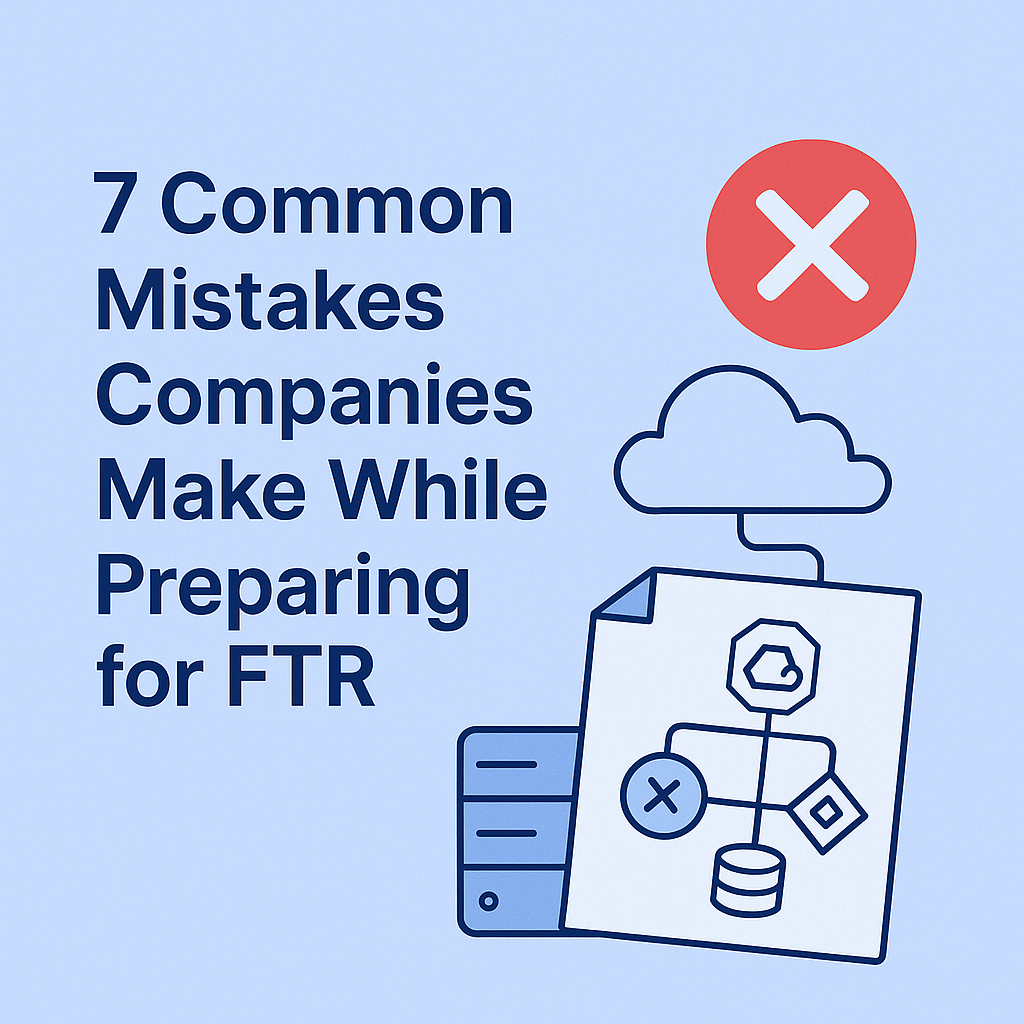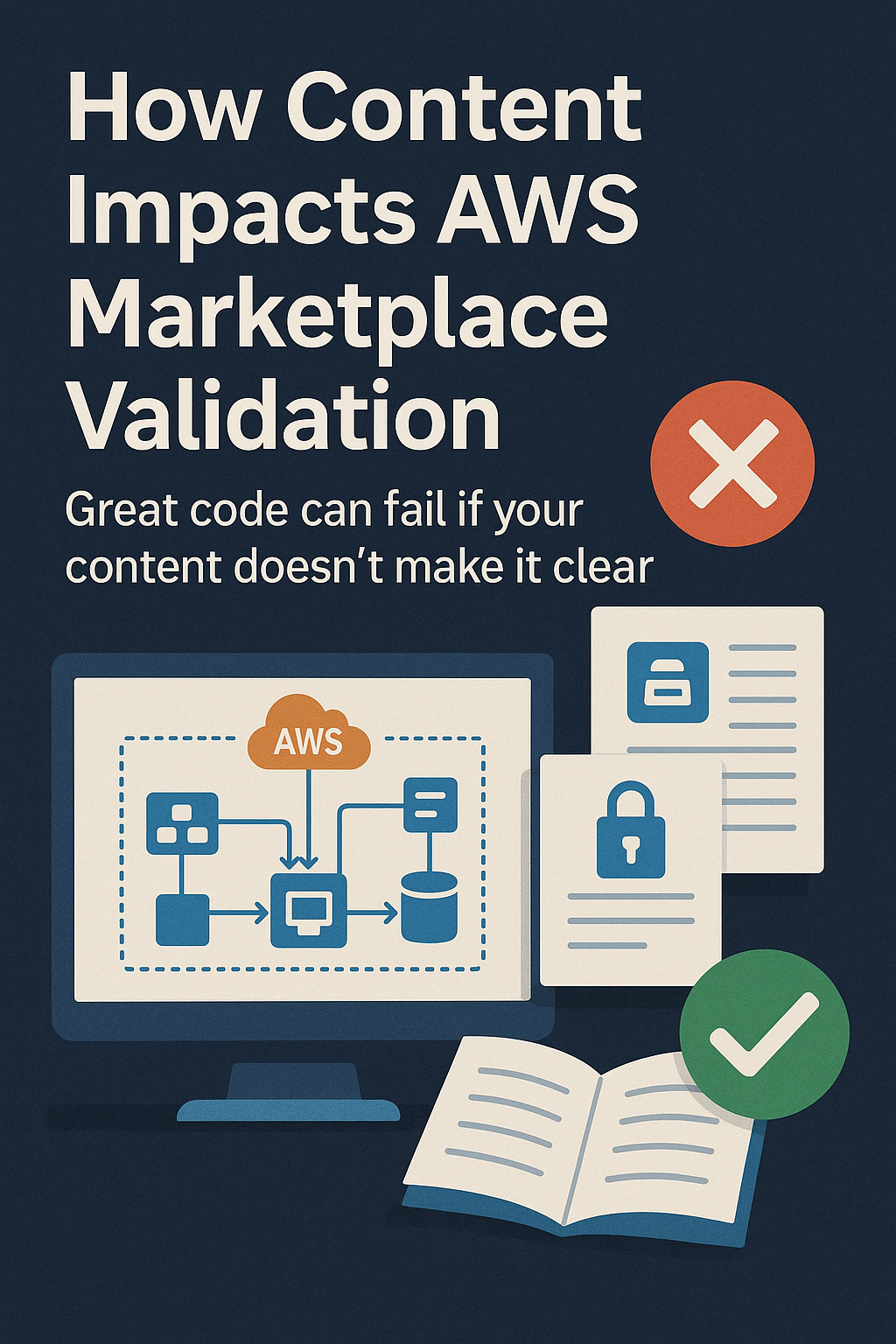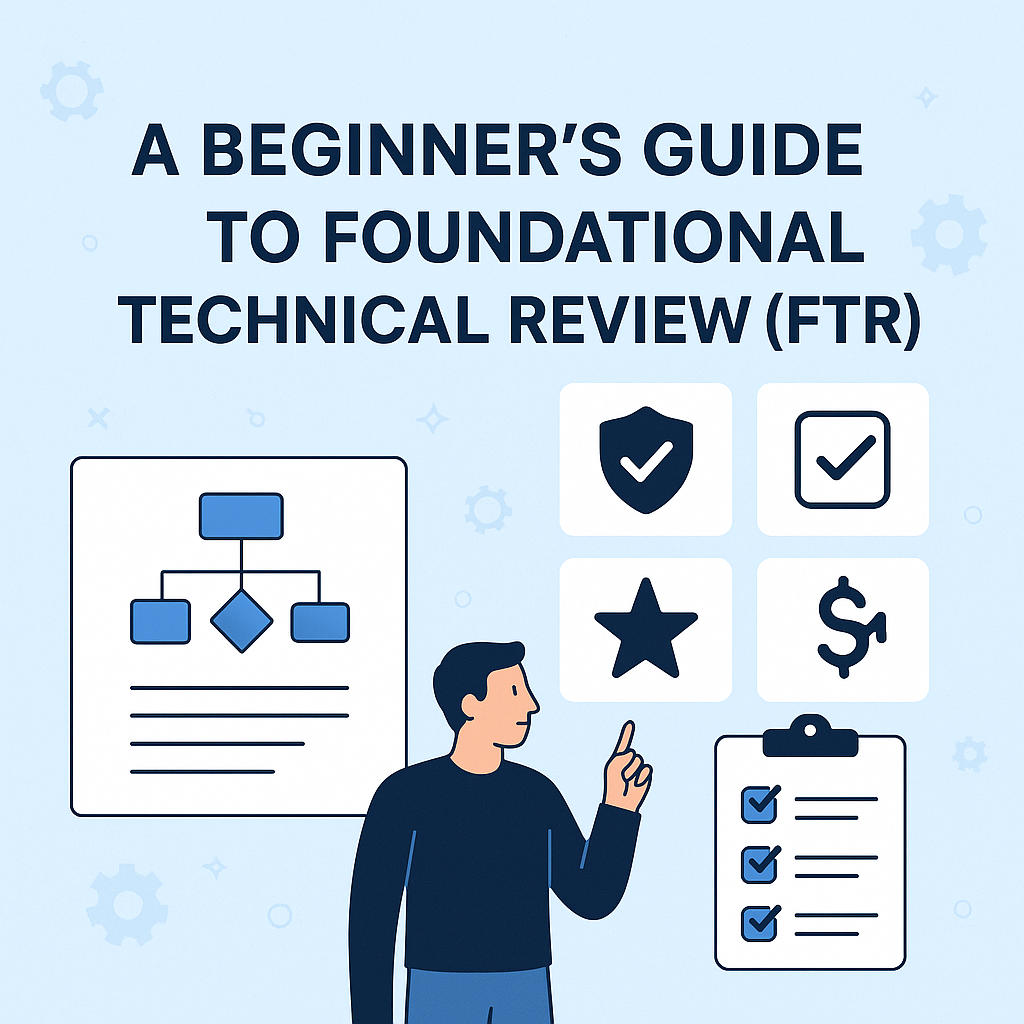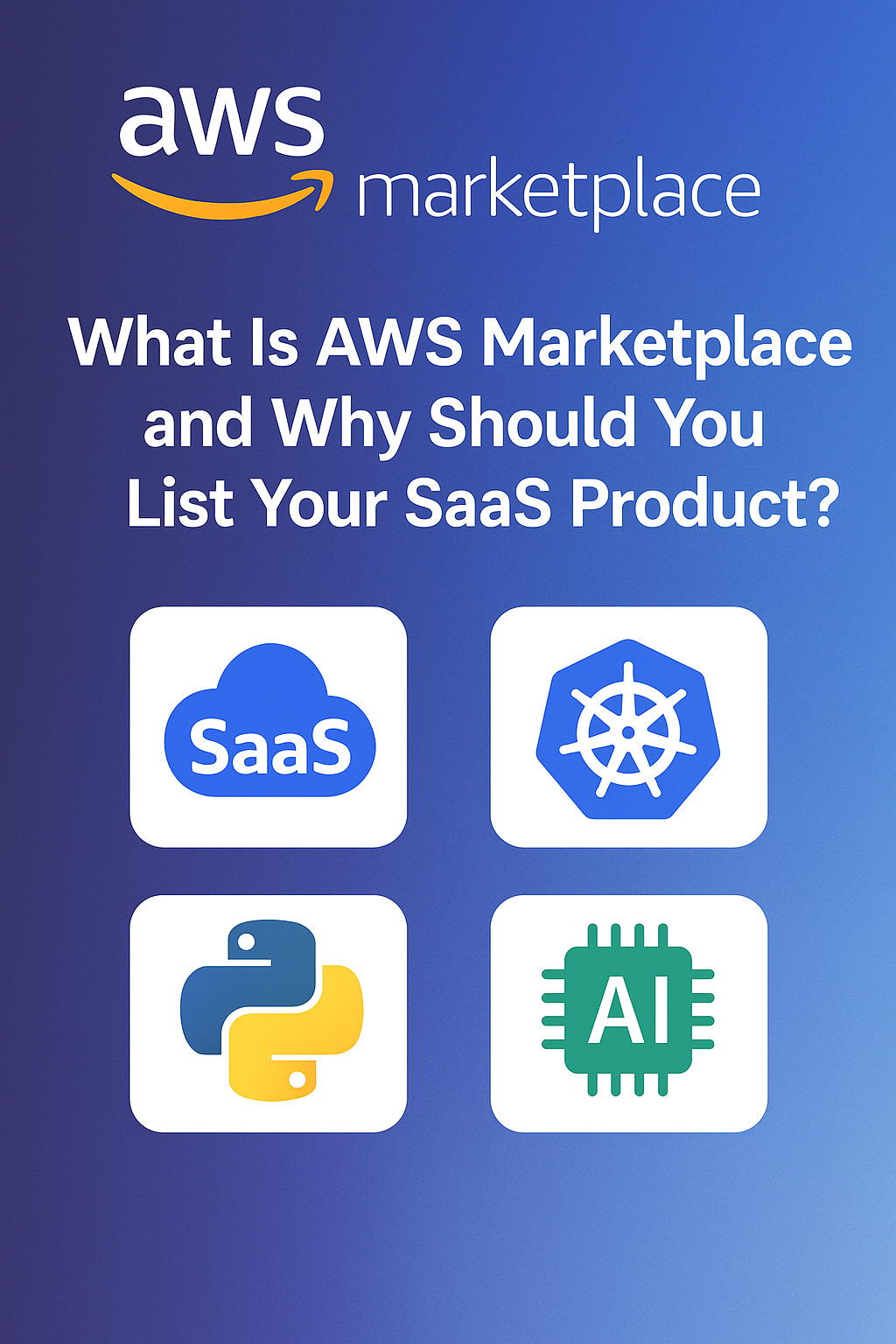You’re not just getting validated. You’re building partner confidence.
Introduction
If you’re treating the Foundational Technical Review (FTR) like a boring AWS prerequisite, you’re missing the point and the opportunity.
A strong FTR submission doesn’t just help you get listed on AWS Marketplace.
It tells your Partner Manager, Solutions Architect, and the broader AWS team:
“We’re serious. We’re ready. We’ve done the work.”
And that’s what unlocks faster access to Co-Sell motion, seller referrals, joint GTM campaigns, and internal trust.
This blog walks through how a great FTR submission actually accelerates your Co-Sell journey, and how to use that momentum.
How FTR Fits into the Co-Sell Journey
| Stage | Goal | Role of FTR |
|---|---|---|
| Technical Validation | Prove the solution is AWS-ready | FTR documents provide security, architecture, and deployment confidence |
| Internal Visibility | Help AWS teams pitch your product | FTR assets become talking points for Partner Managers & Account Executives |
| Co-Sell Activation | Get introduced to AWS customers | A strong FTR lowers risk perception and speeds up seller buy-in |
Think of FTR as your foundation and your passport into AWS’s GTM engine.
What Happens When Your FTR Is Done Right
- Partner Managers trust you faster
You don’t need handholding. You’ve passed the bar with a clean, complete submission. - Solutions Architects recommend you internally
A well-documented solution is easier to explain, position, and defend to AWS sellers. - You’re Co-Sell eligible sooner
Fewer rounds of clarification, faster listing approval, and smoother entry into ACE Pipeline Manager. - Your assets become reusable across GTM
FTR docs double as sales collateral for AWS field teams and channel partners.
What “Great” FTR Content Looks Like (to AWS)
| Asset | What AWS Notices |
|---|---|
| Deployment Guide | Clear, reproducible steps with no ambiguity |
| Architecture Diagram | Clean AWS service usage, clear flow, no fluff |
| Security Overview | Real IAM roles, encryption details, and compliance alignment |
| Case Studies / Solution Overview | Customer use cases with AWS services & outcomes |
| Checklist Readiness | No missing fields, placeholders, or vague answers |
Pro tip: The easier you make the reviewer’s job, the faster your Partner Manager can advocate for you.
What Slows Down Co-Sell Momentum After FTR
- Incomplete docs (missing deployment or security sections)
- Overly technical content that GTM teams can’t understand
- Generic case studies with no AWS tie-in
- No buyer language or industry alignment in your solution overview
- Internal AWS confusion: “What does this solution actually do?”
These cause delays, missed syncs, and lower priority from AWS sellers.
How to Use Your FTR to Kick Off Co-Sell
- Share your FTR package with your Partner Manager proactively
- Ask to brief the field team with the same documents you submitted
- Create a one-page “Co-Sell Starter Deck” using FTR diagrams and outcomes
- Turn your case studies into Win Stories for seller enablement
When AWS sees that your content is ready, they’re more likely to help you get deals ready, too.
Closing Insight
A great FTR submission doesn’t just pass a checklist.
It becomes:
- A trust signal
- A GTM accelerator
- A partner conversation starter
- A strategic asset you can scale across every deal
Want your FTR pack to do more than just get approved?
Contact us for more details.

